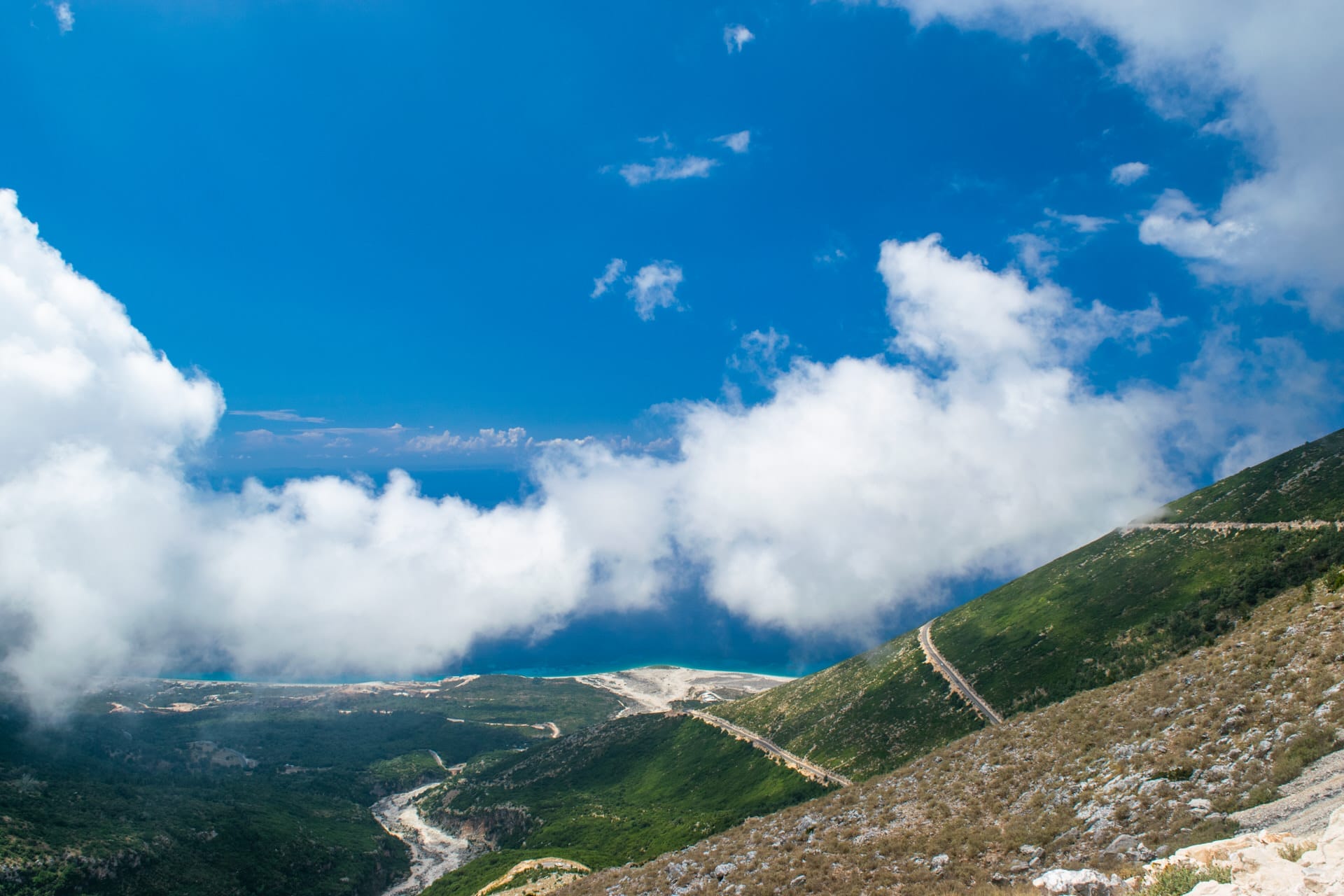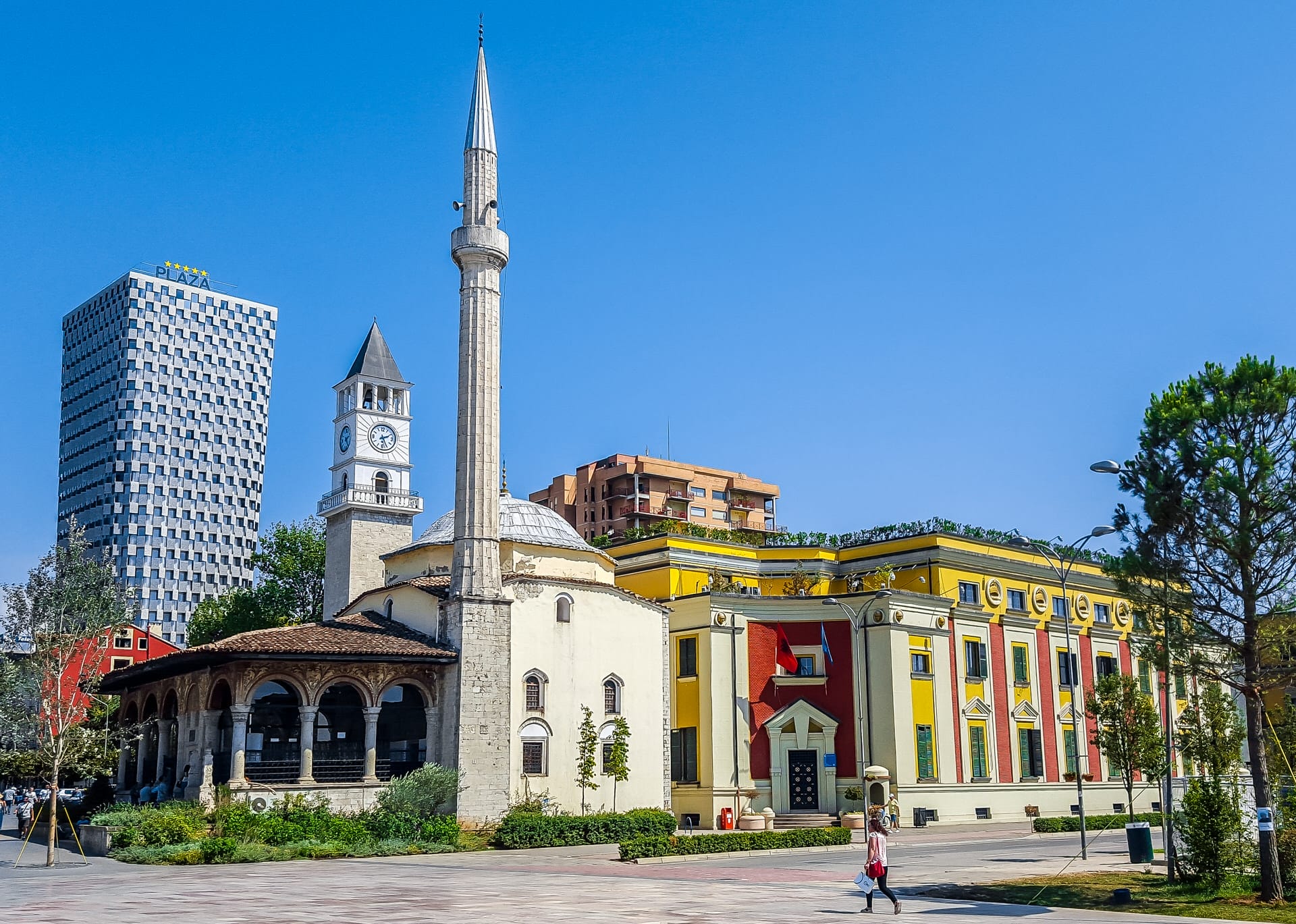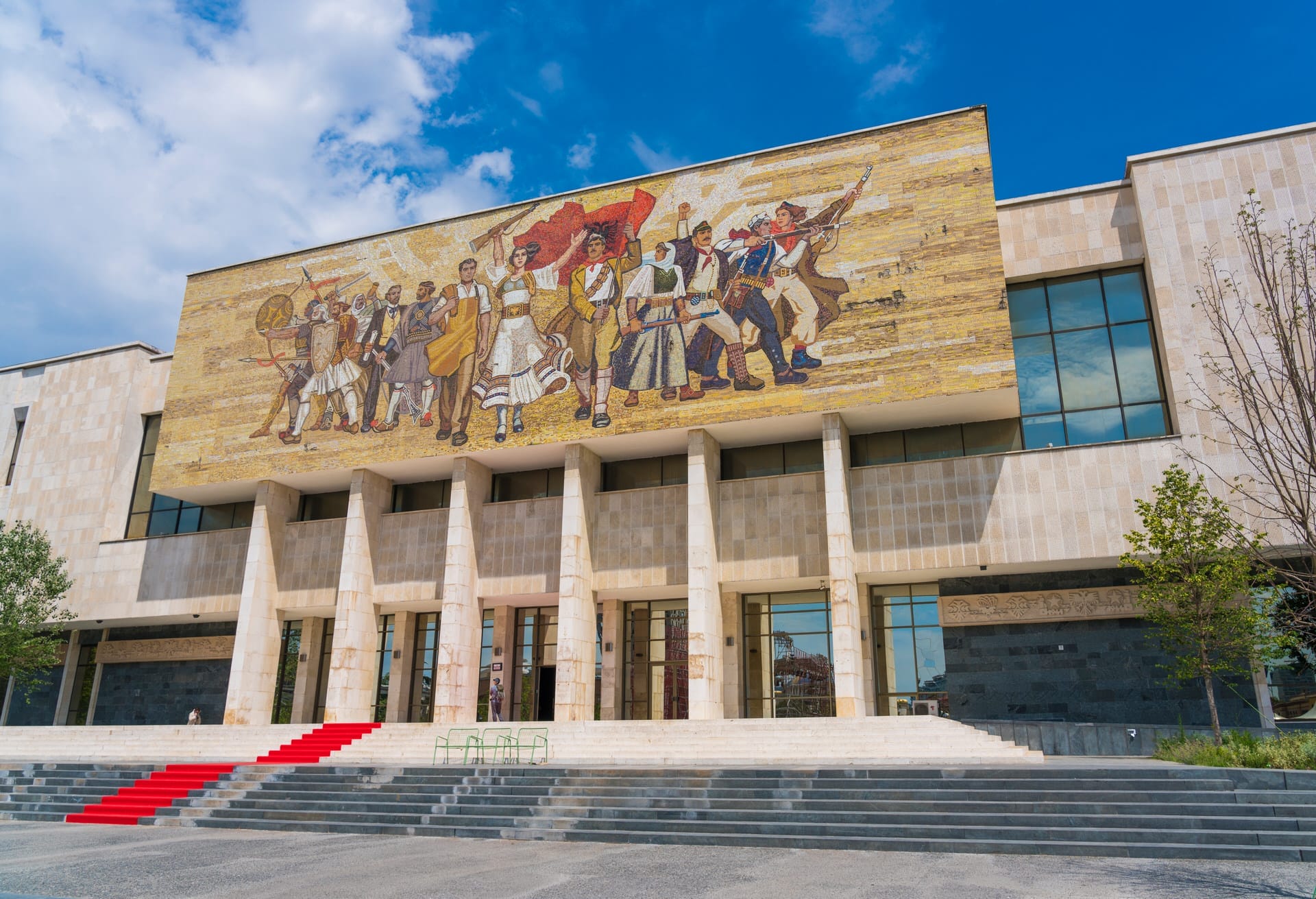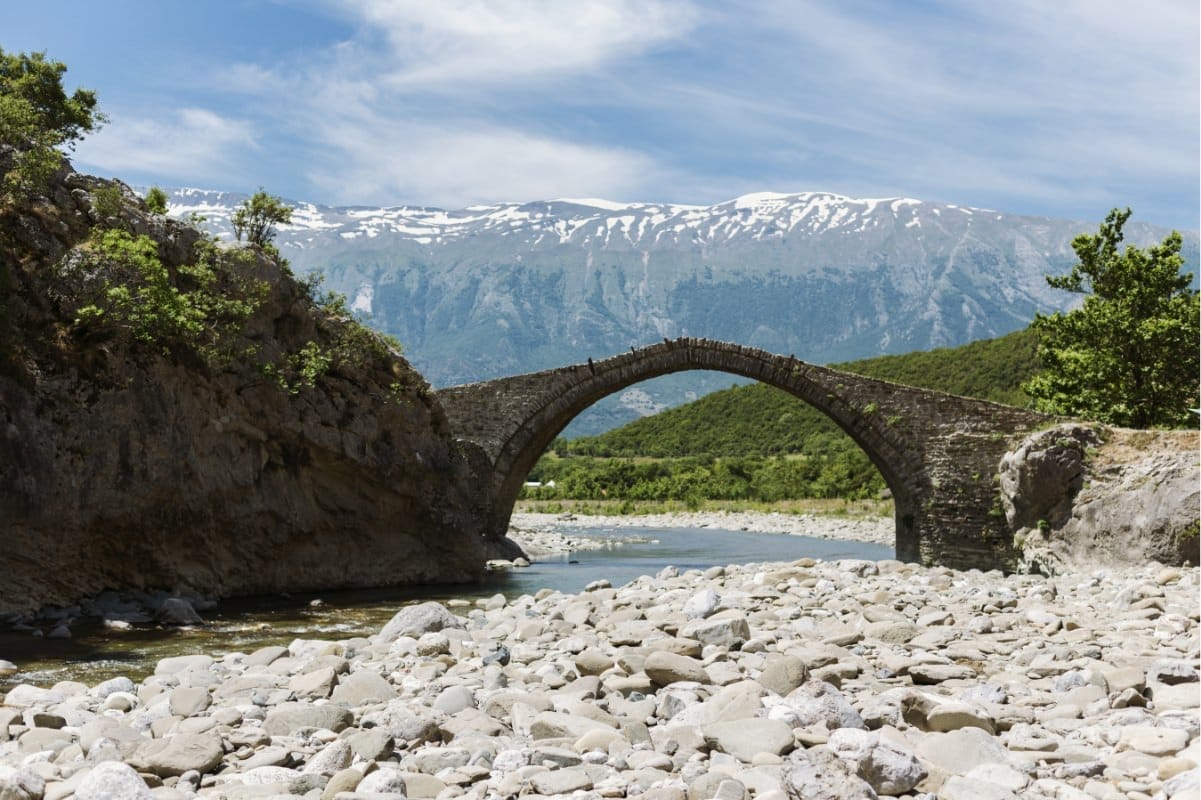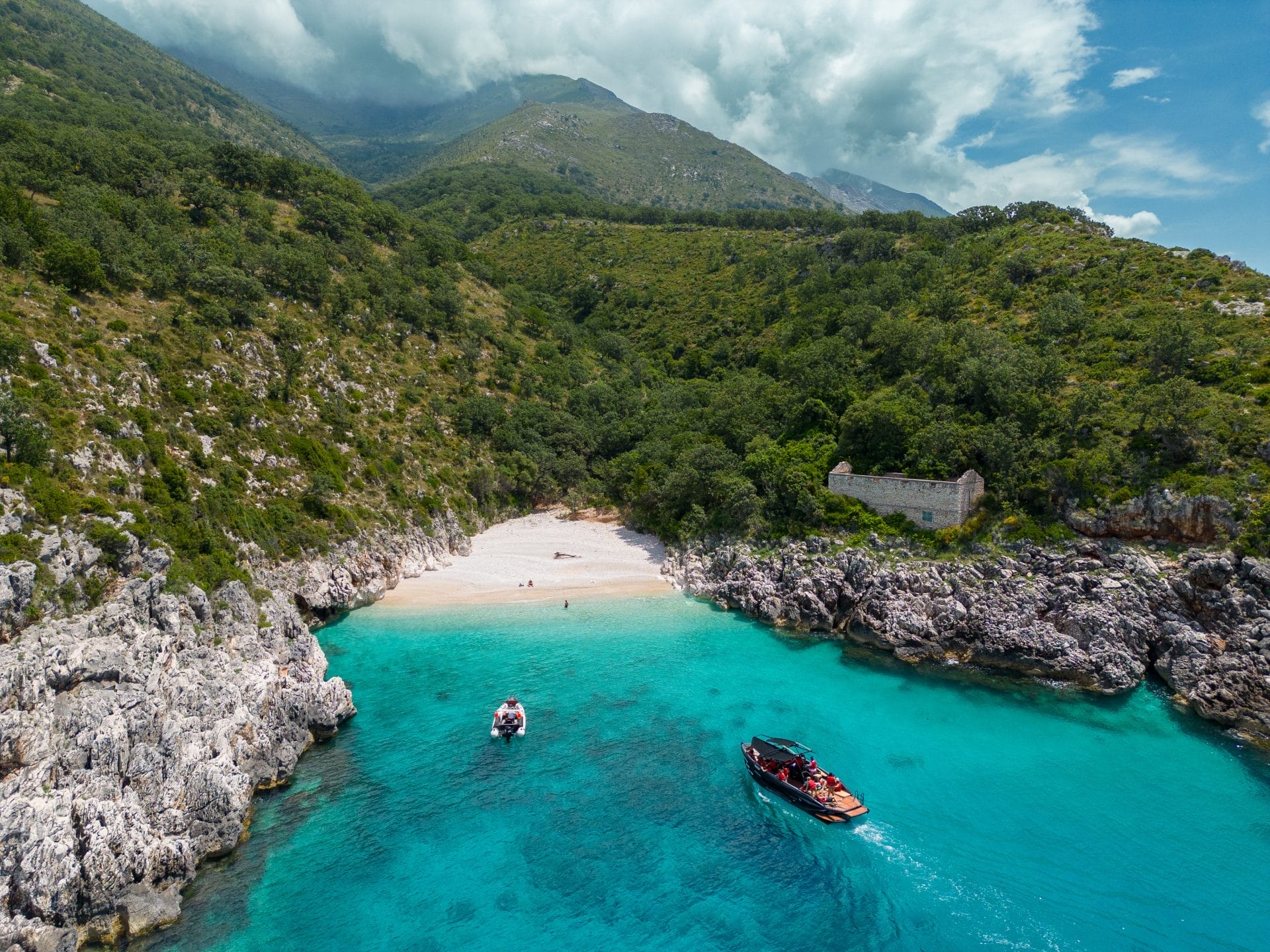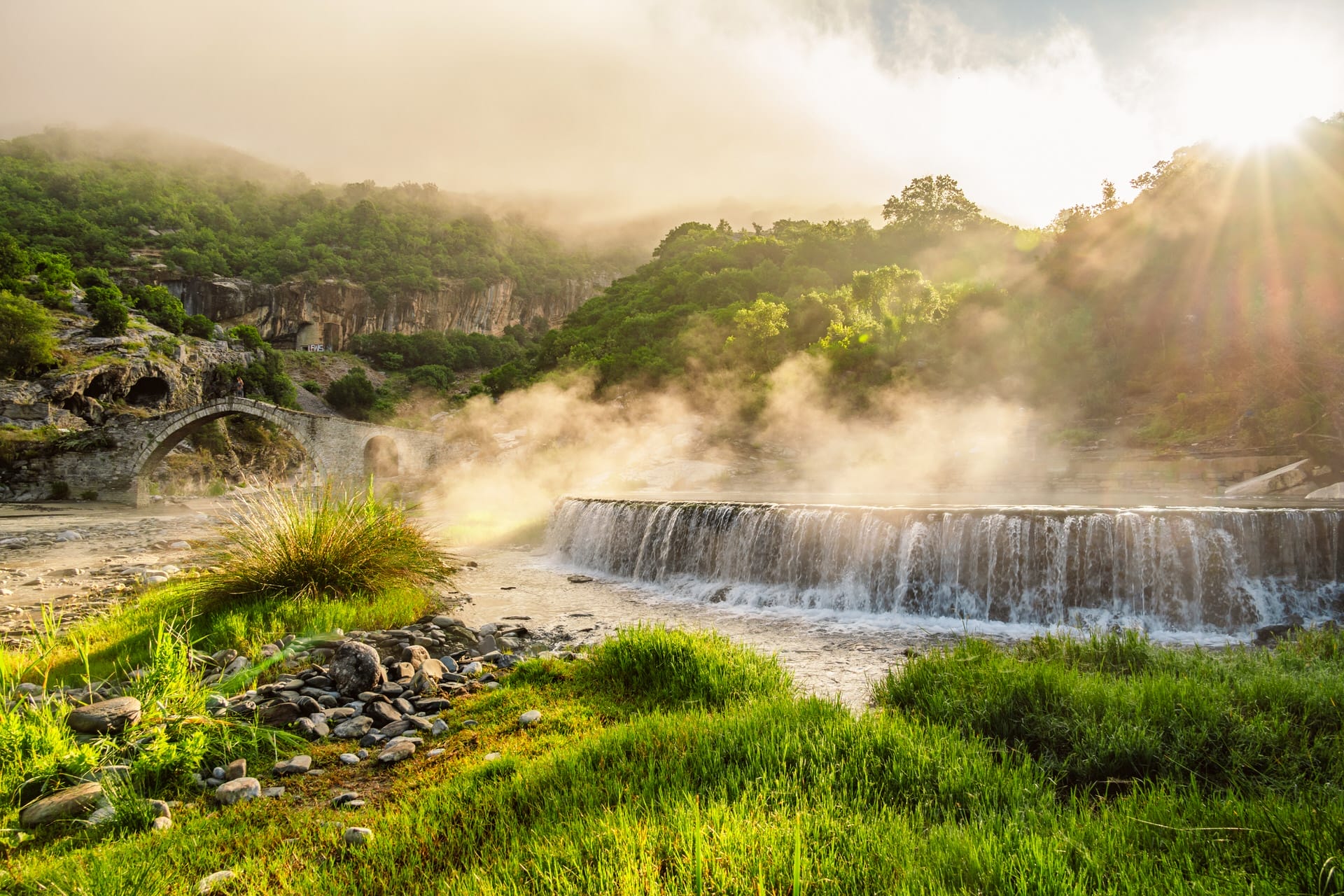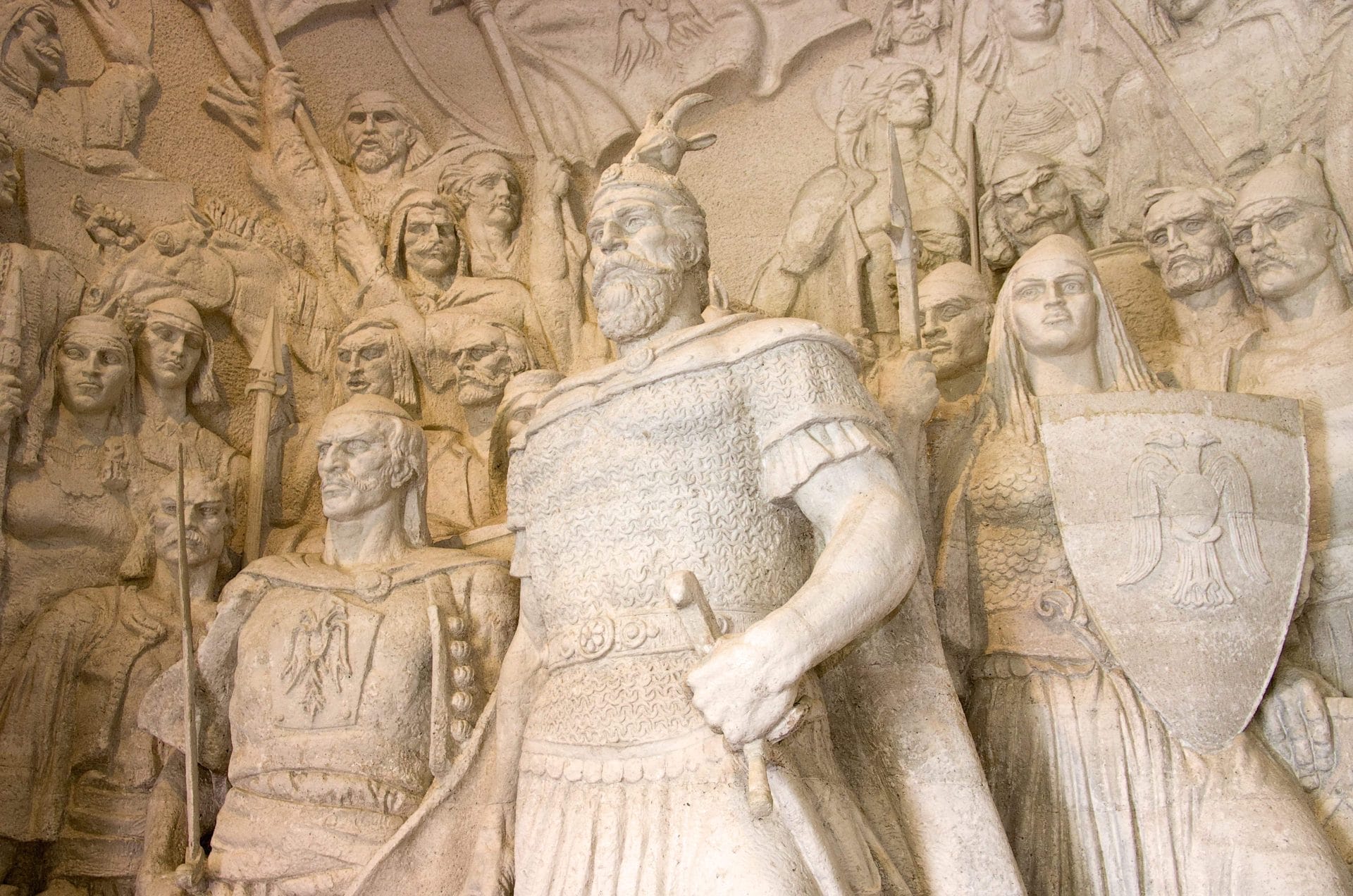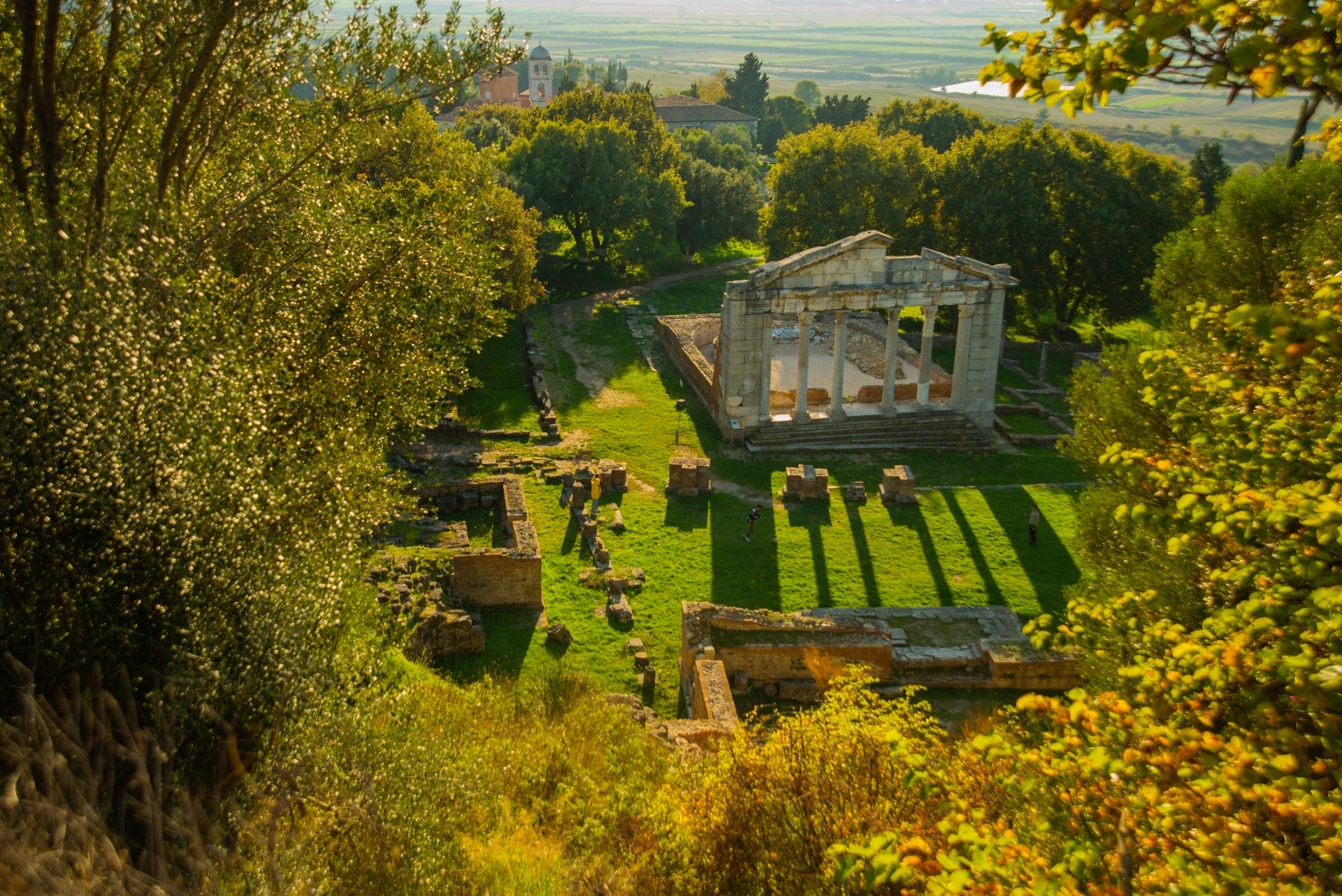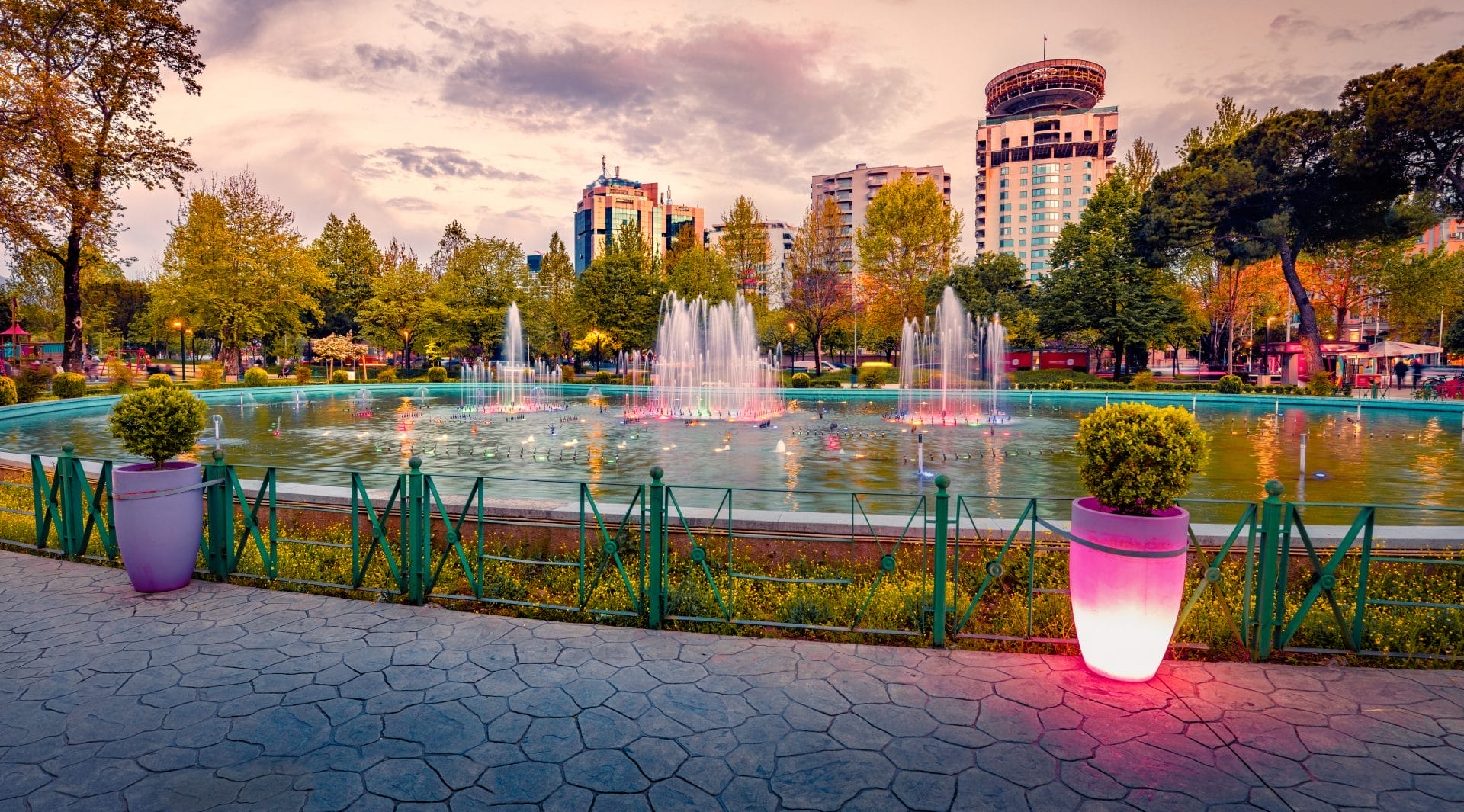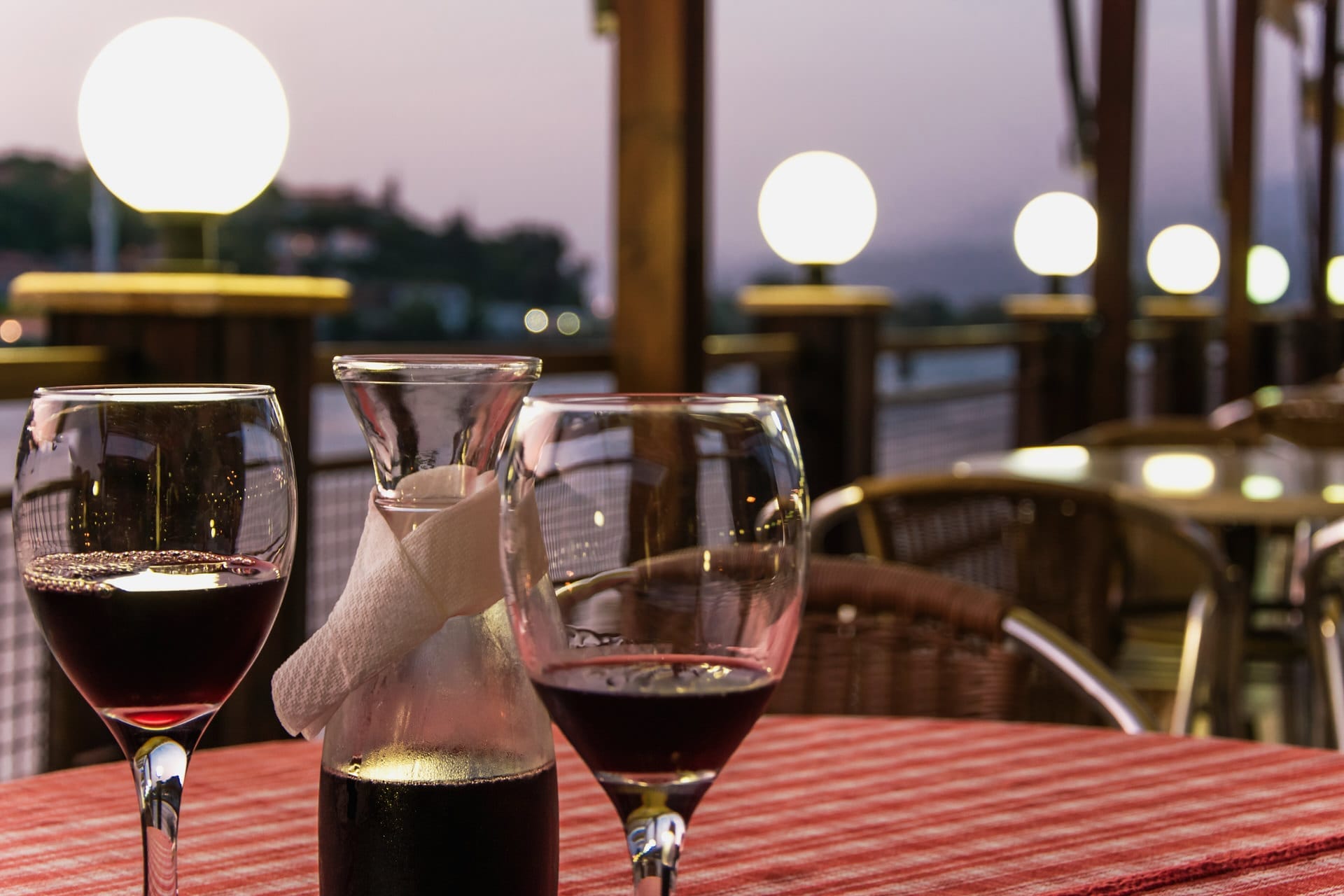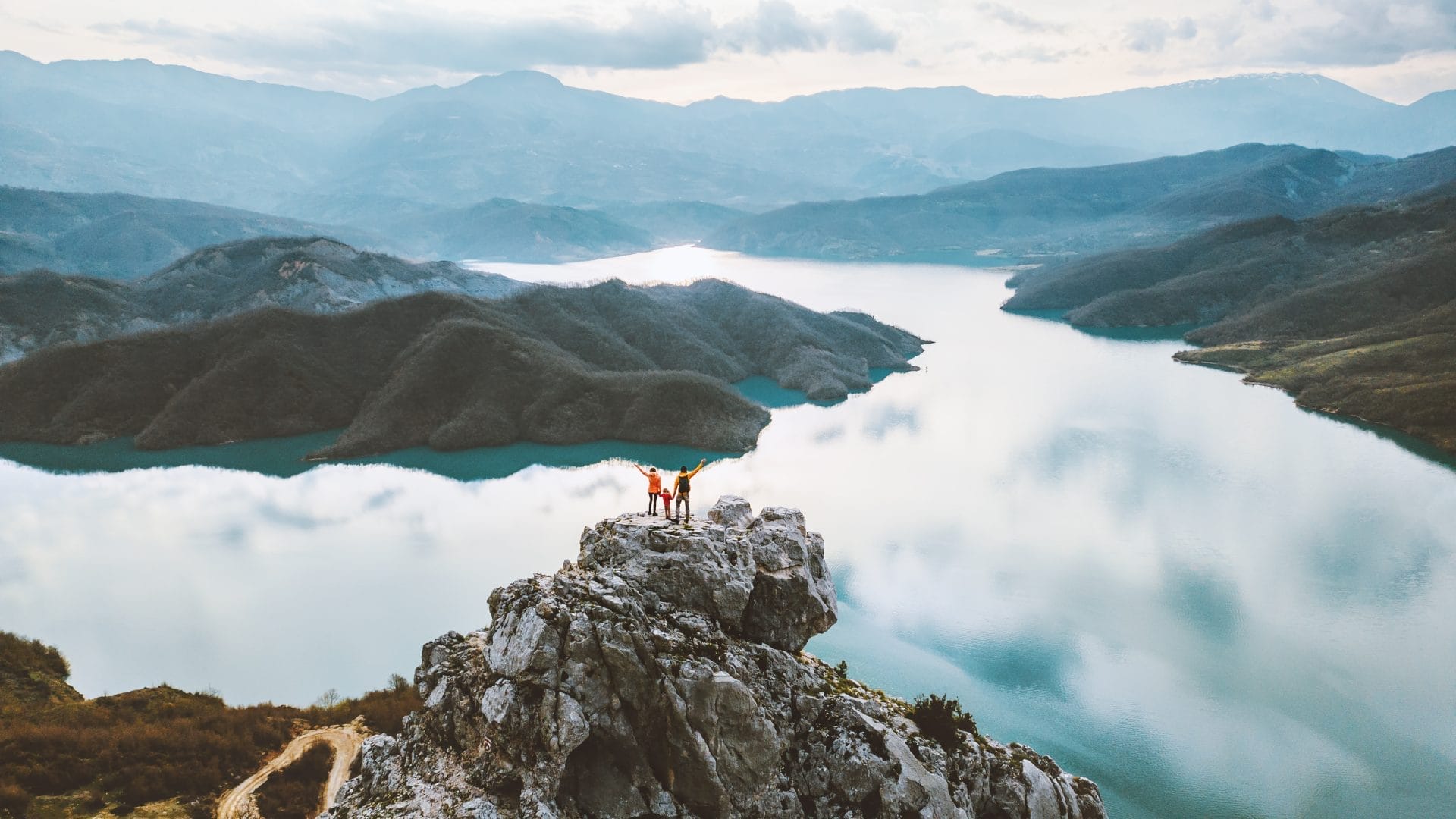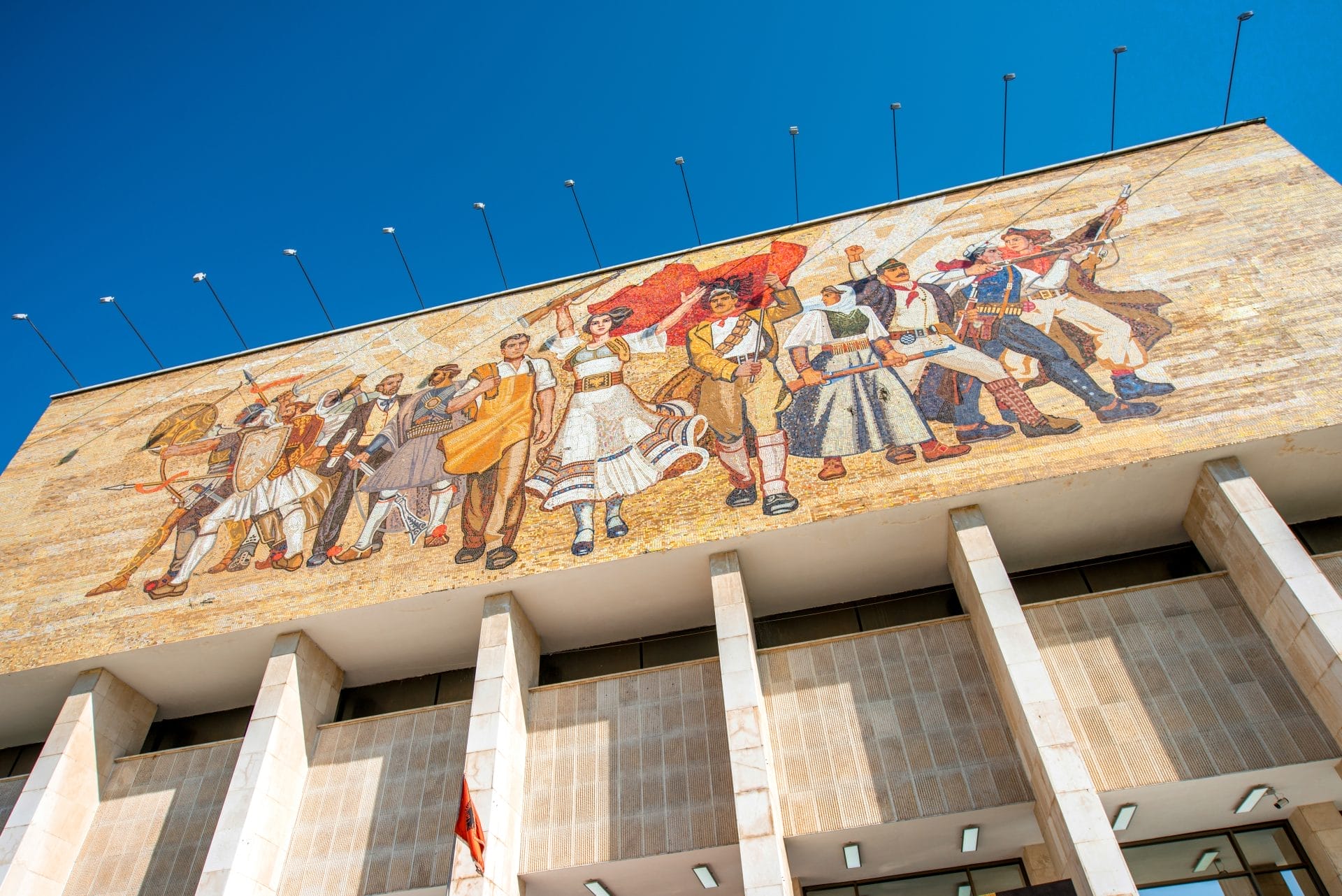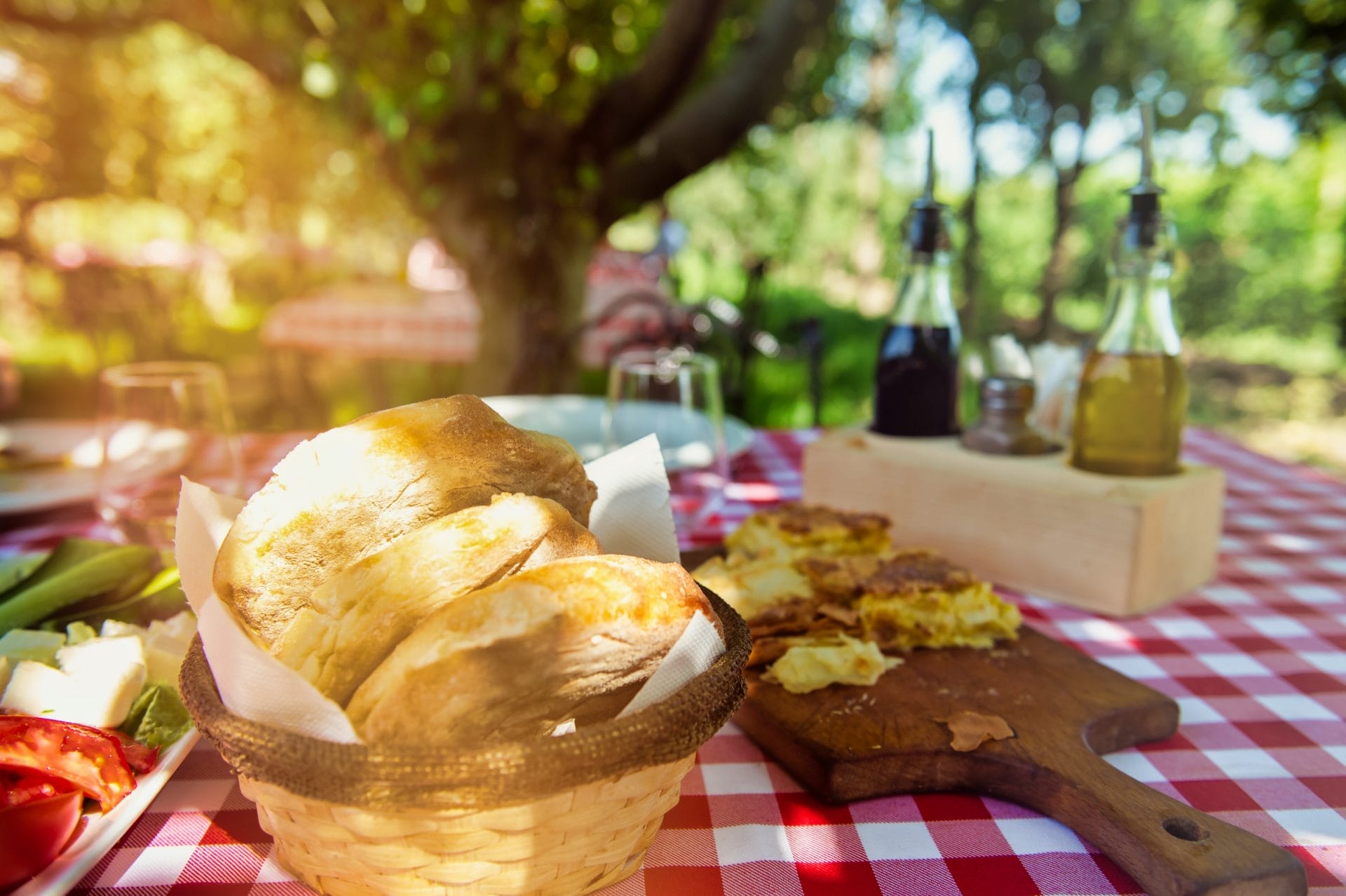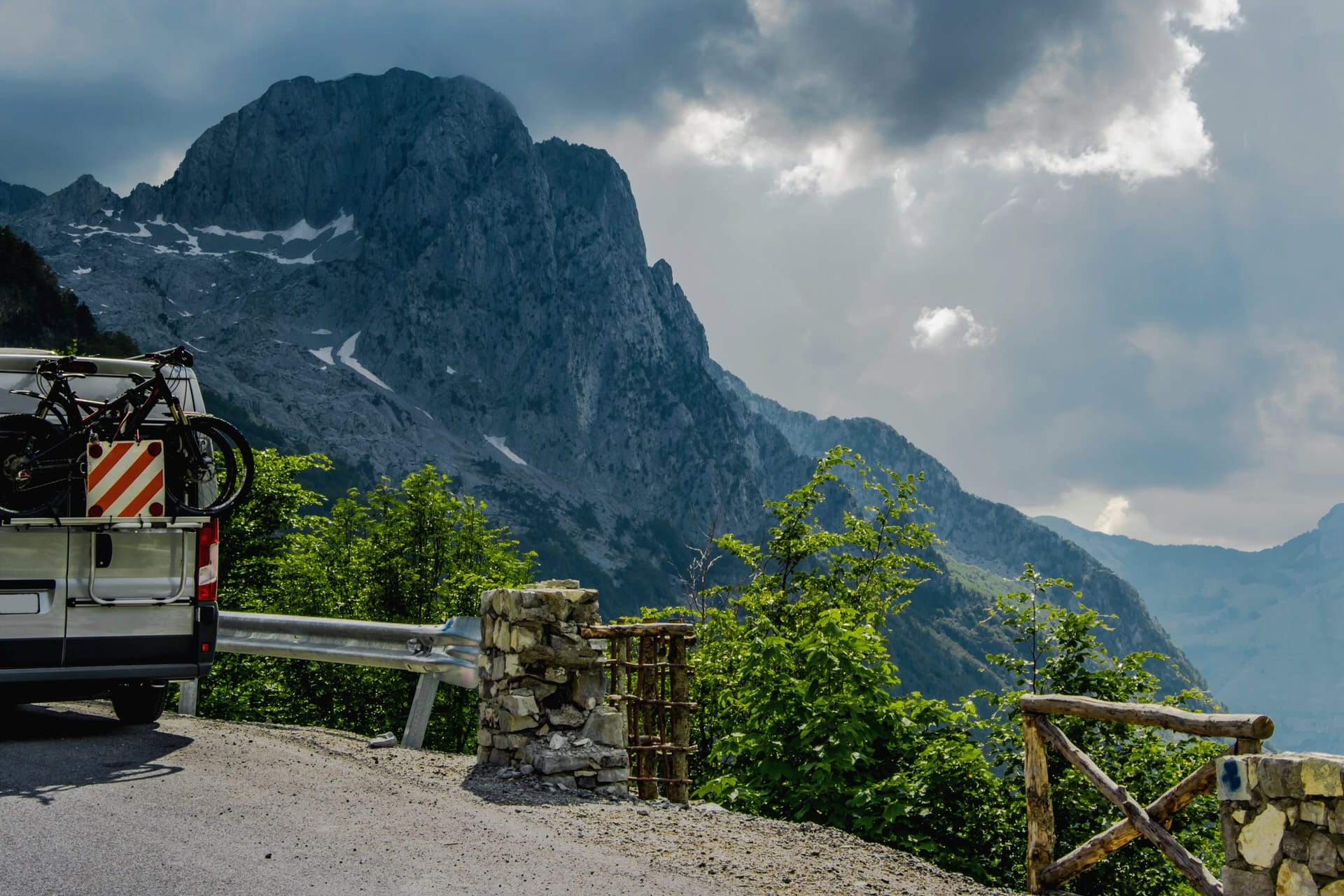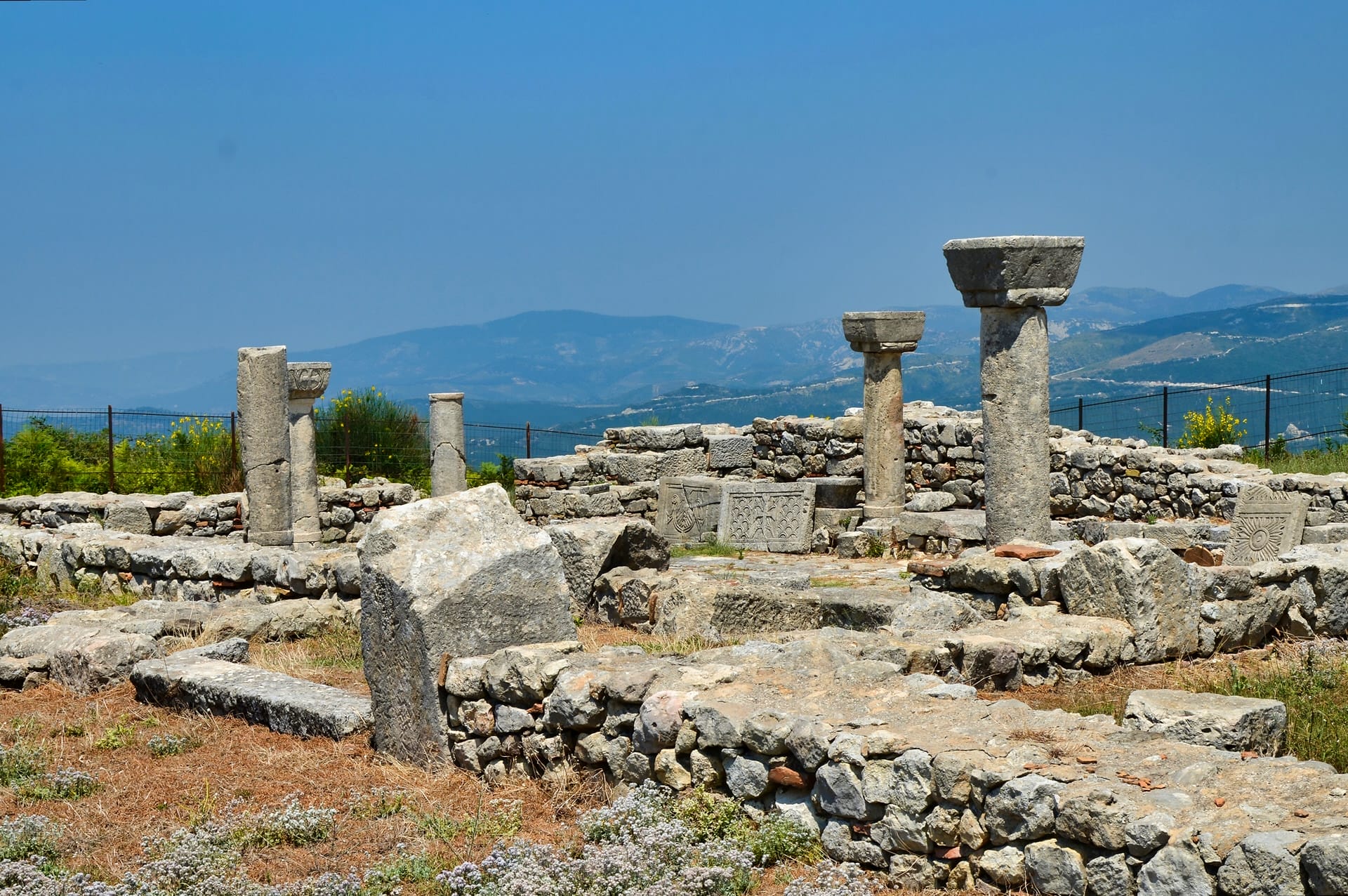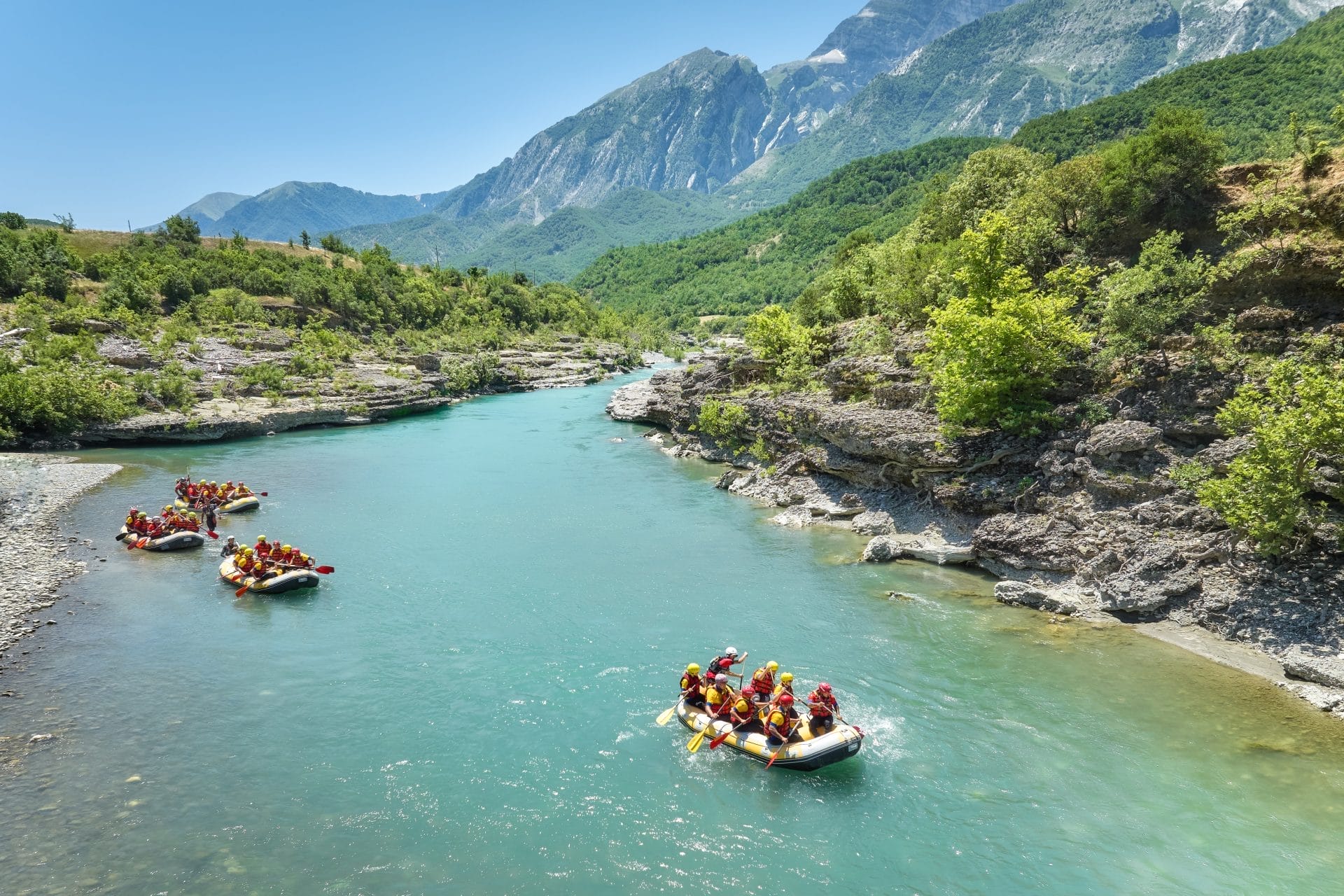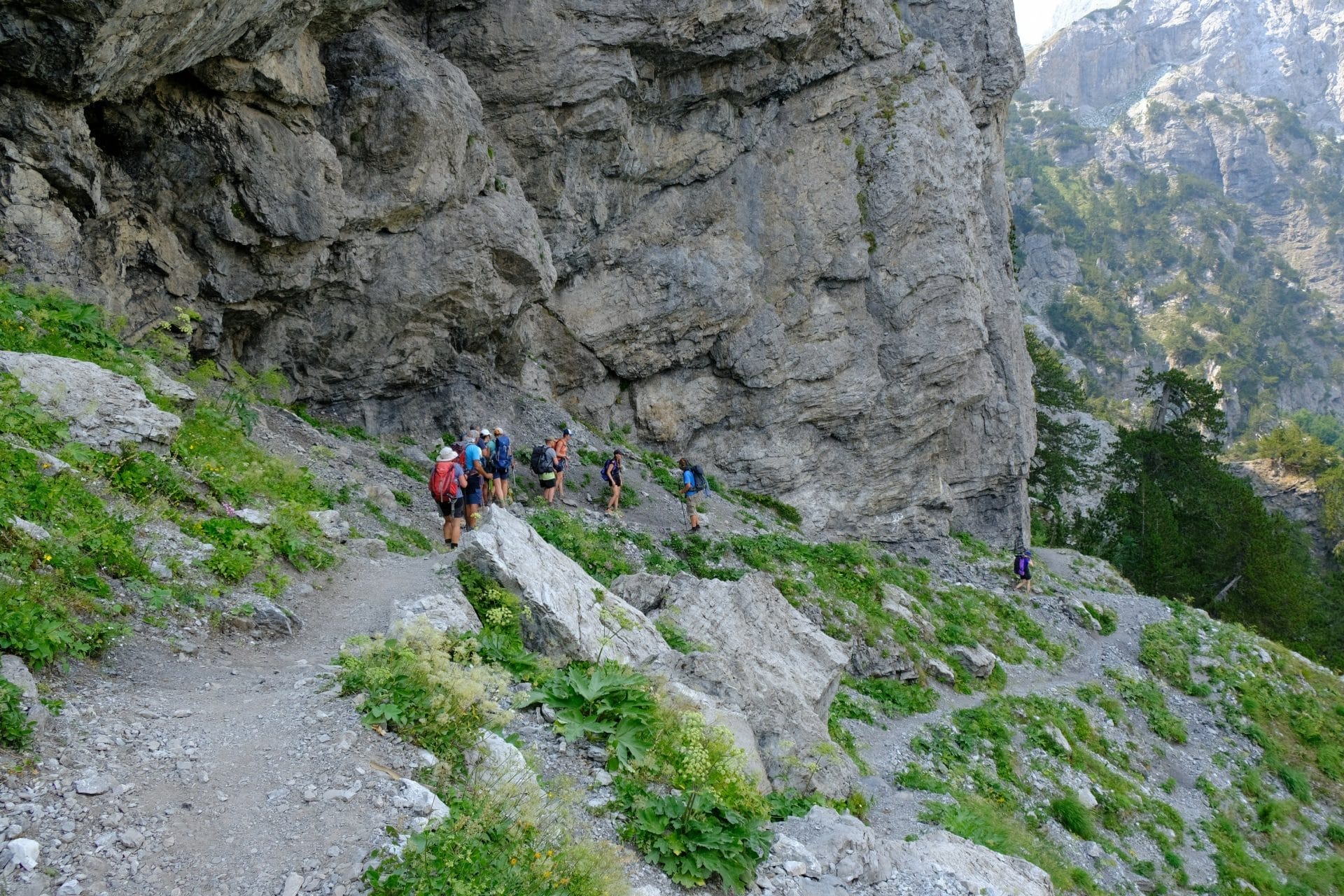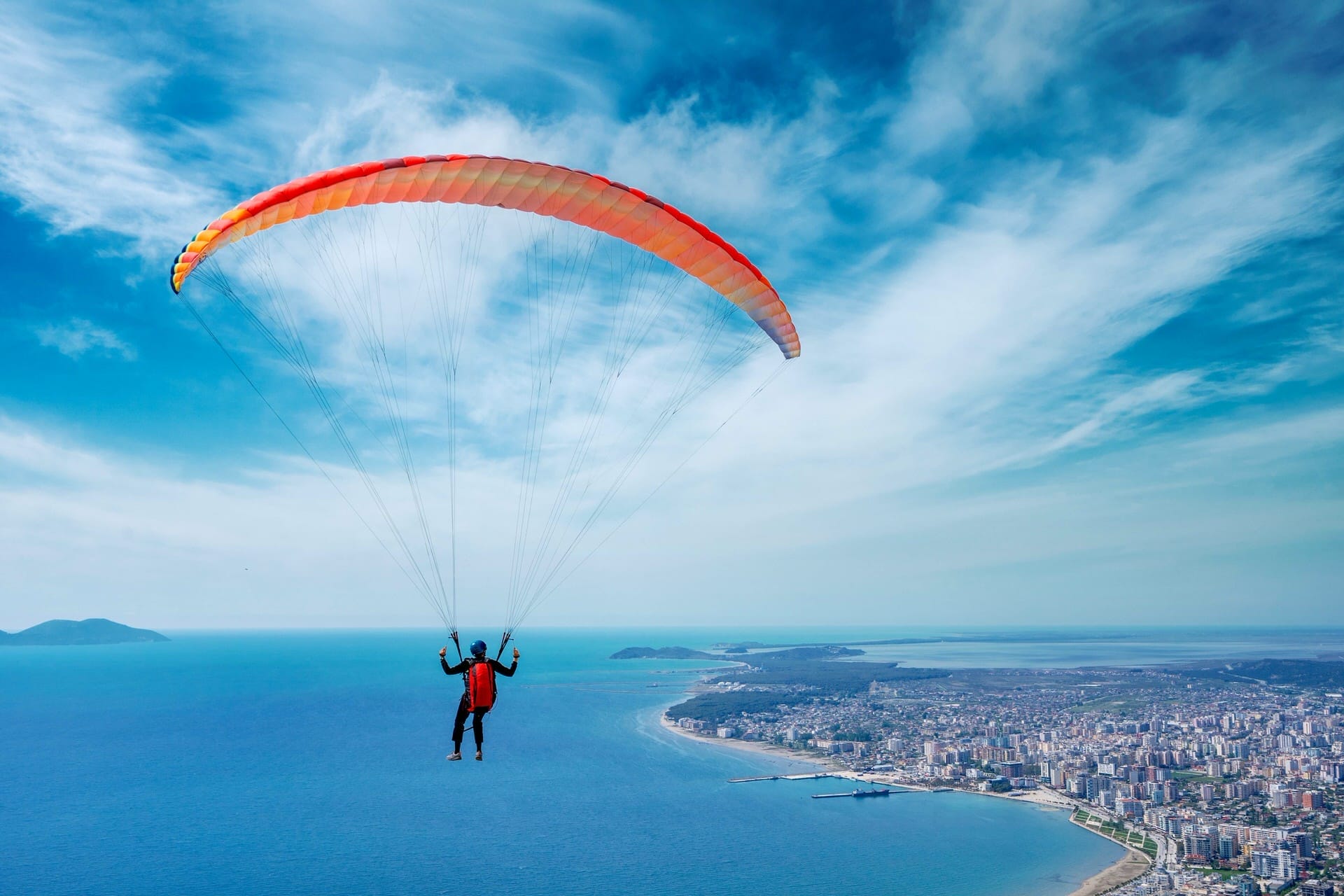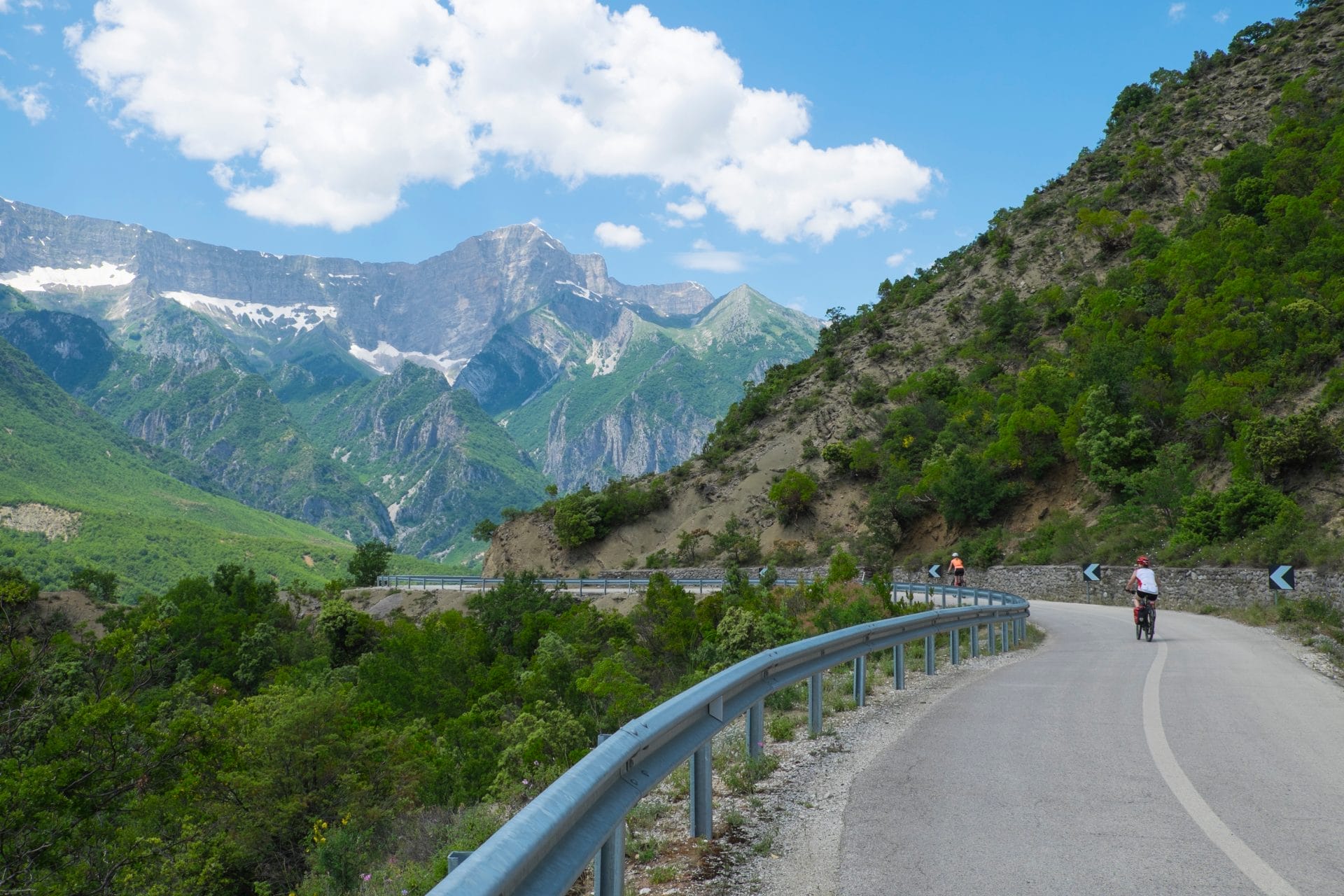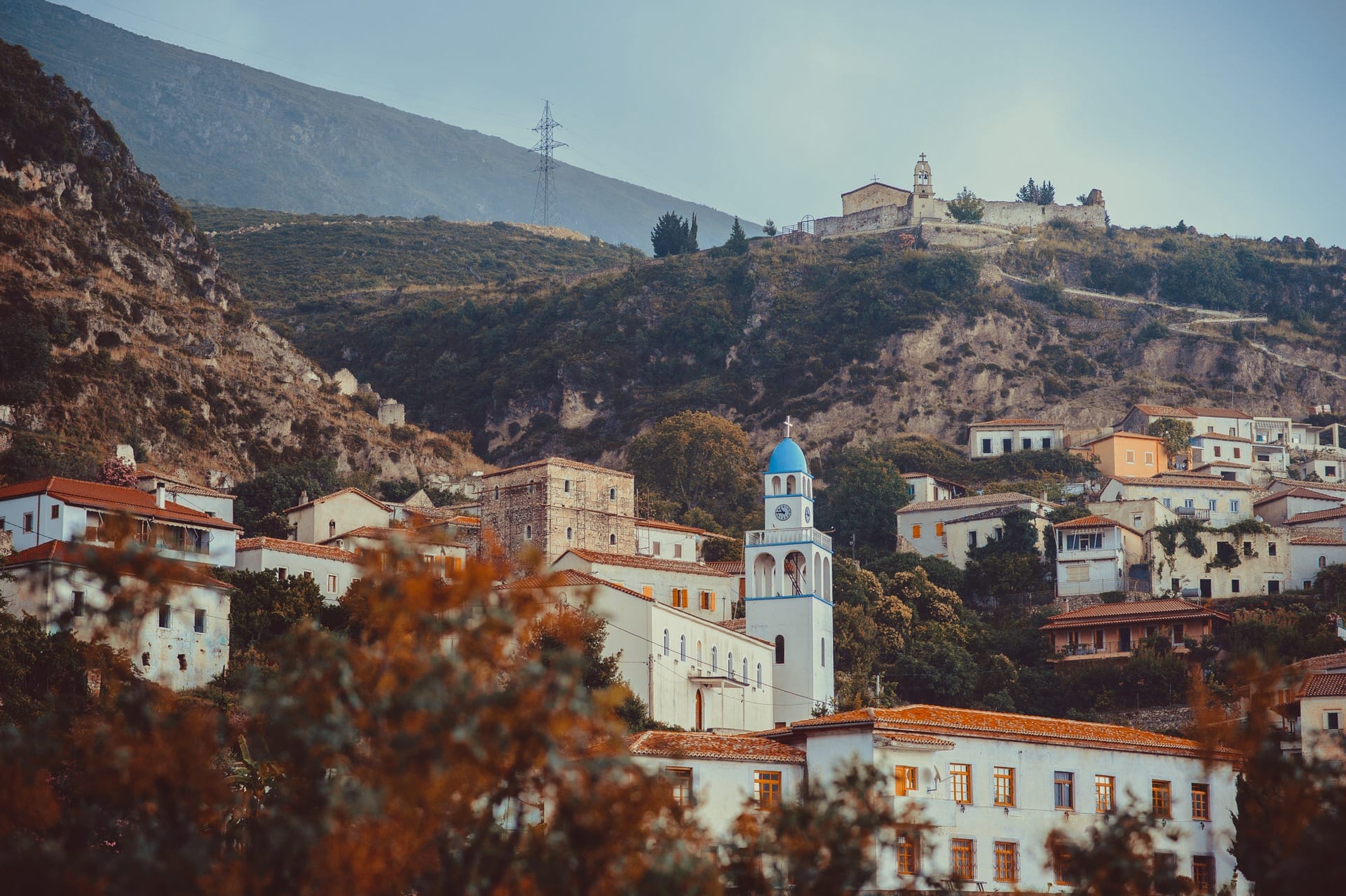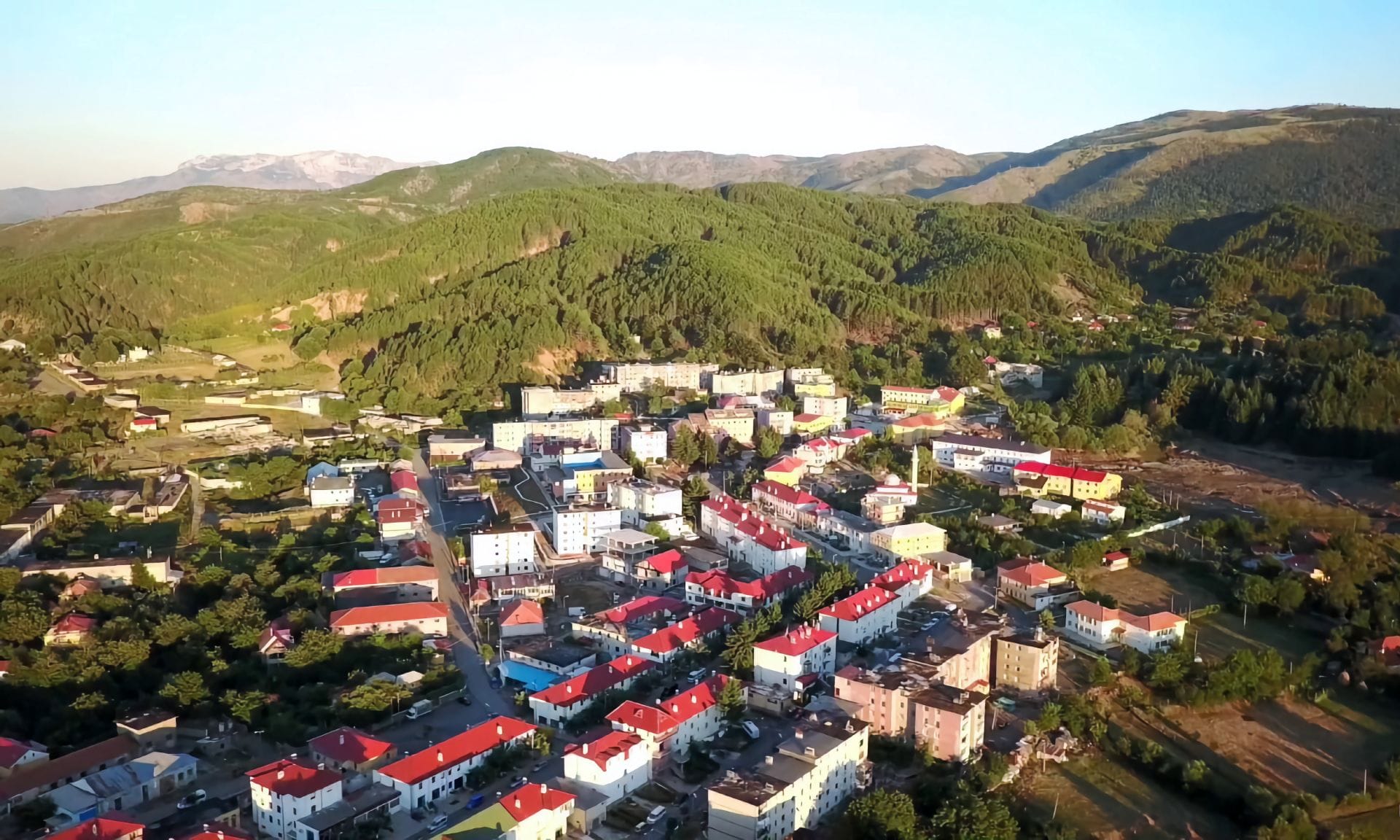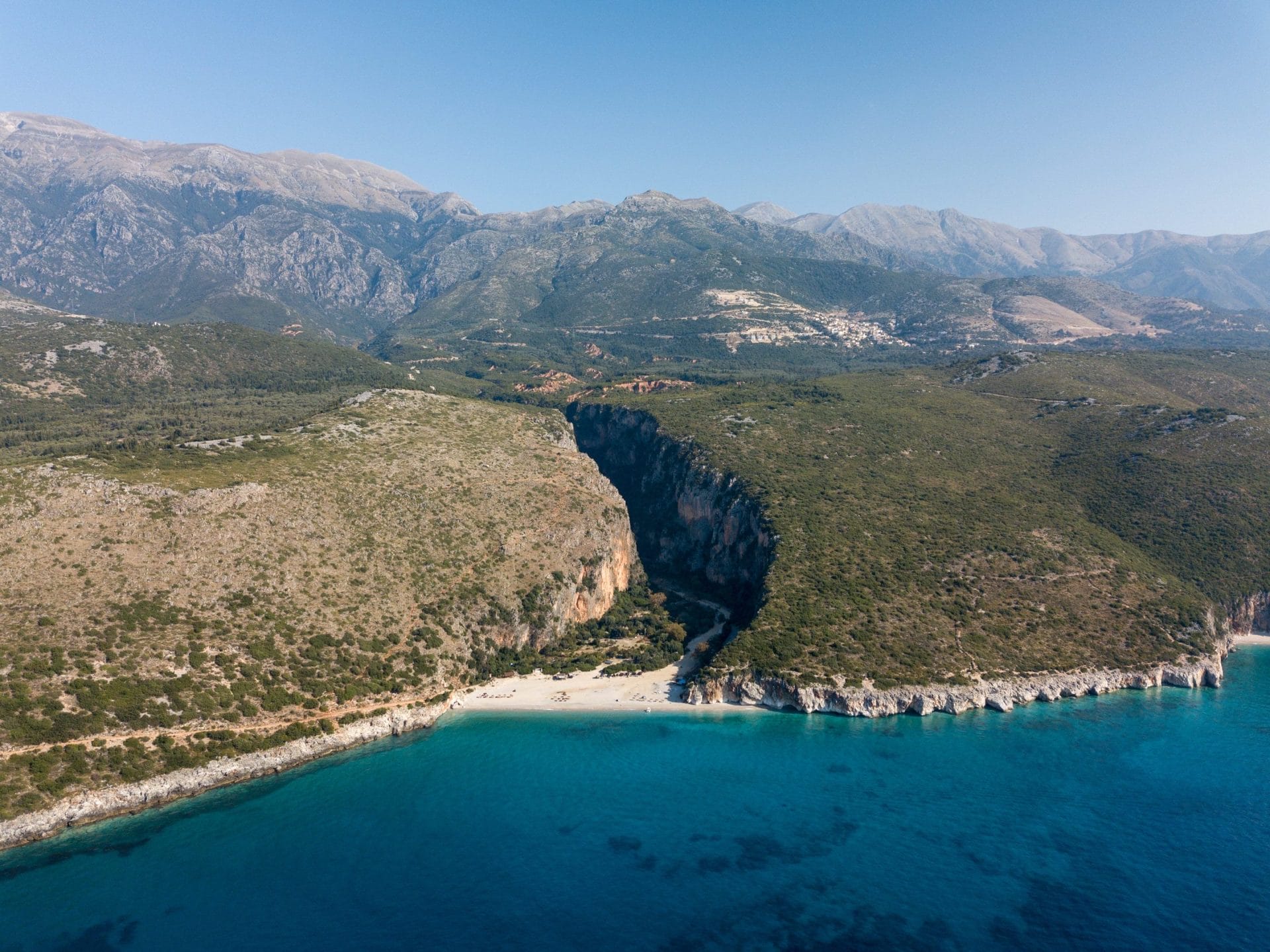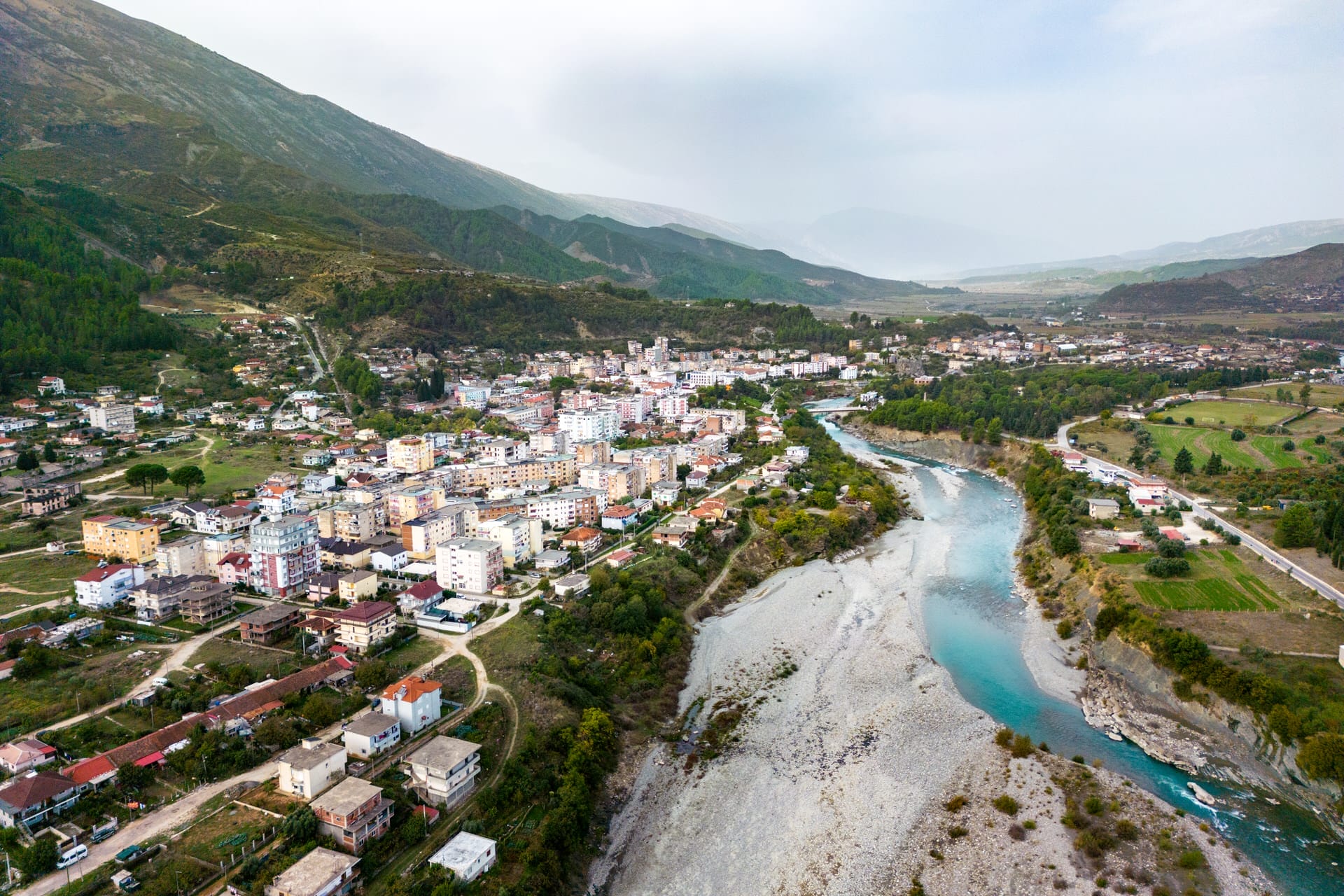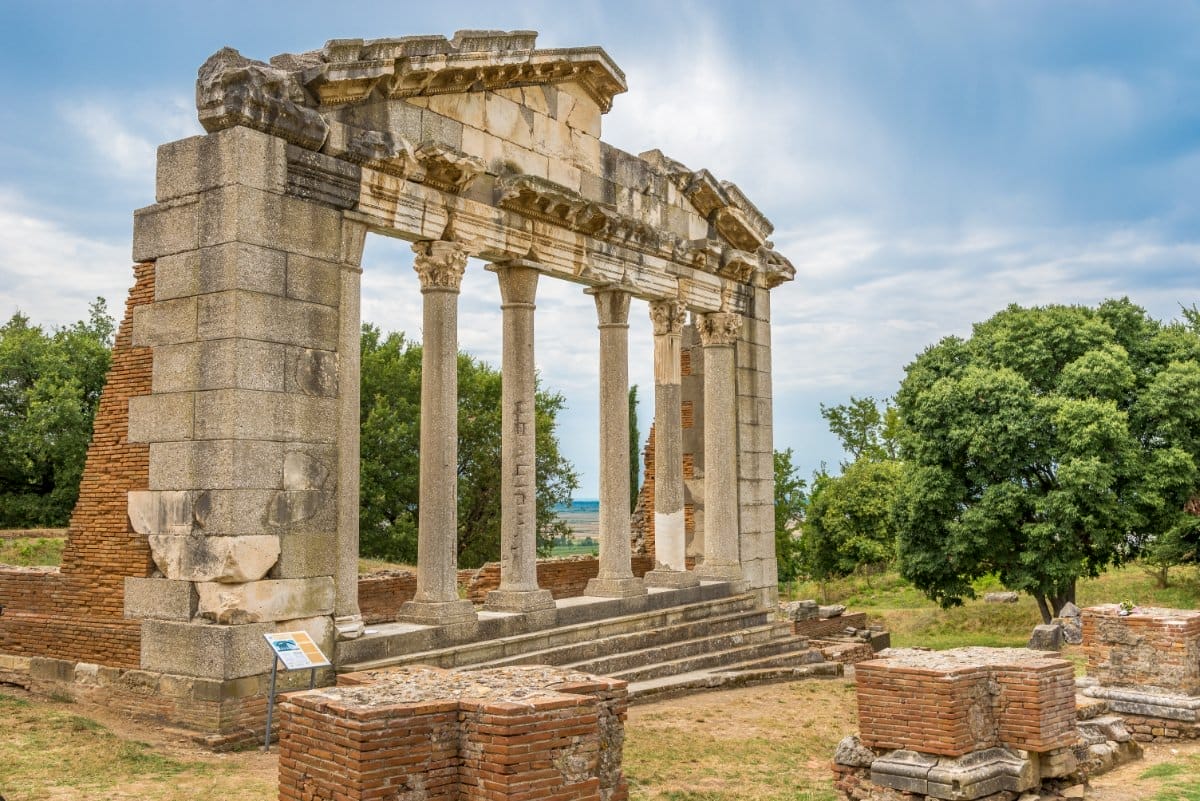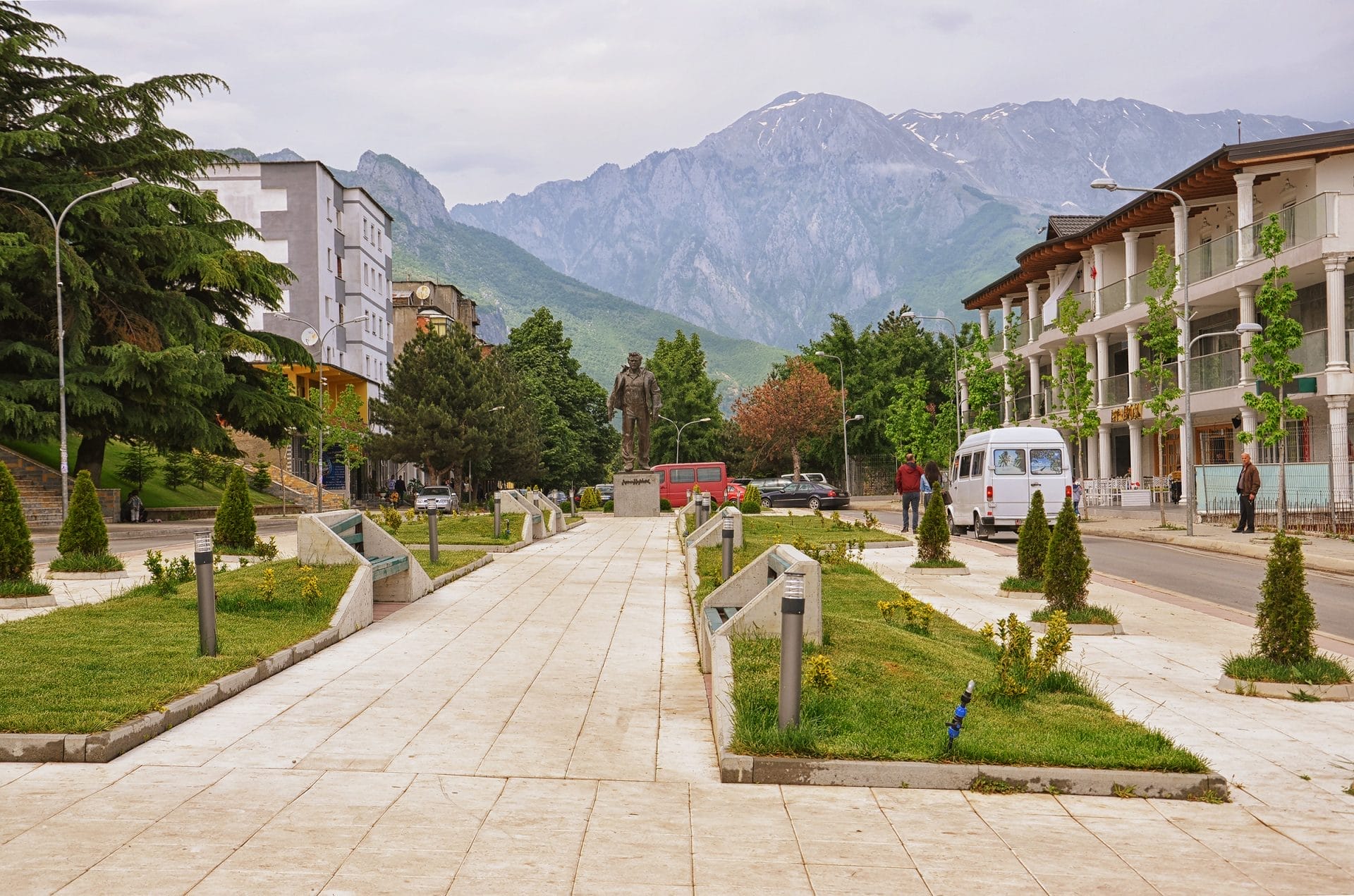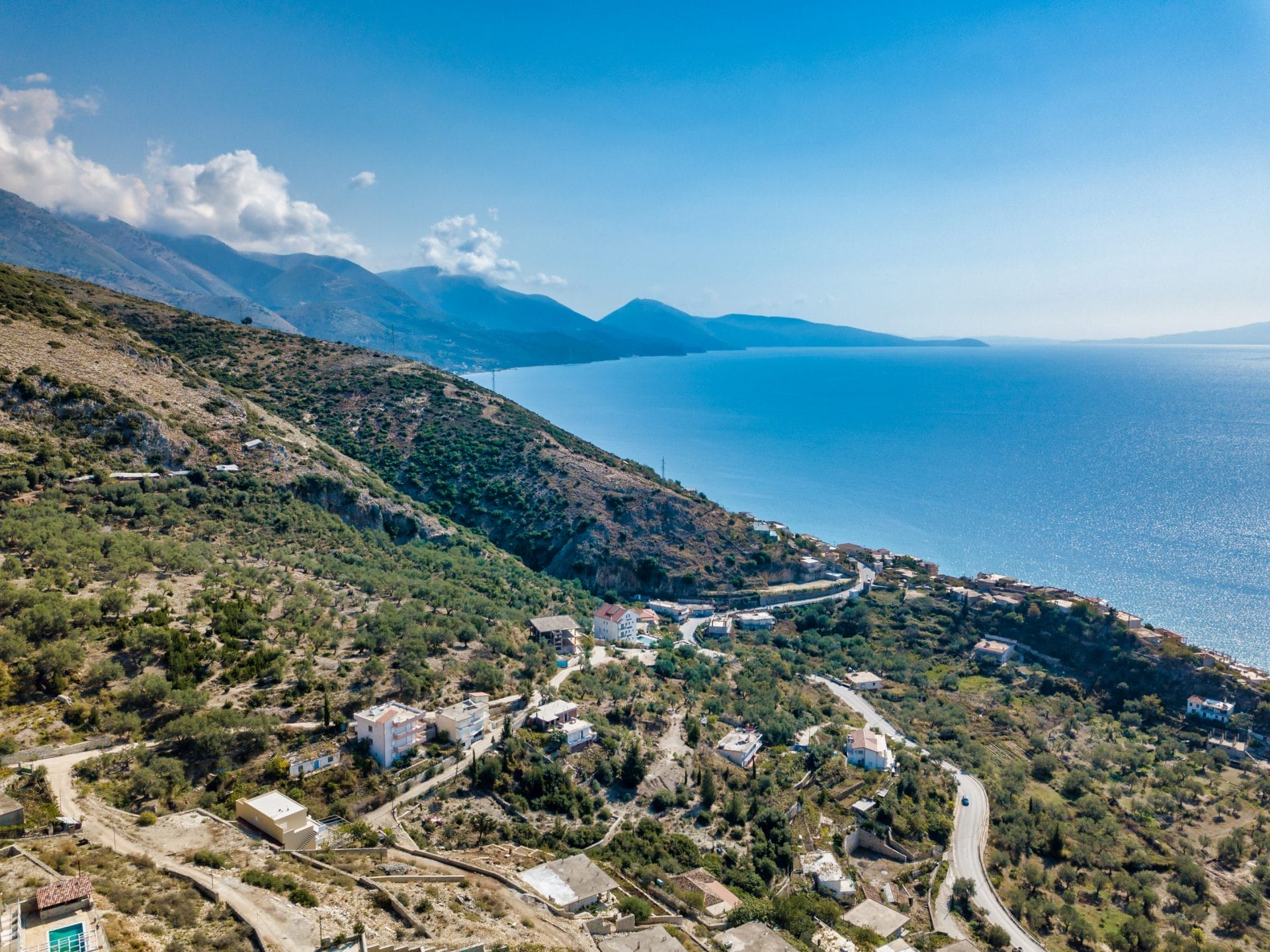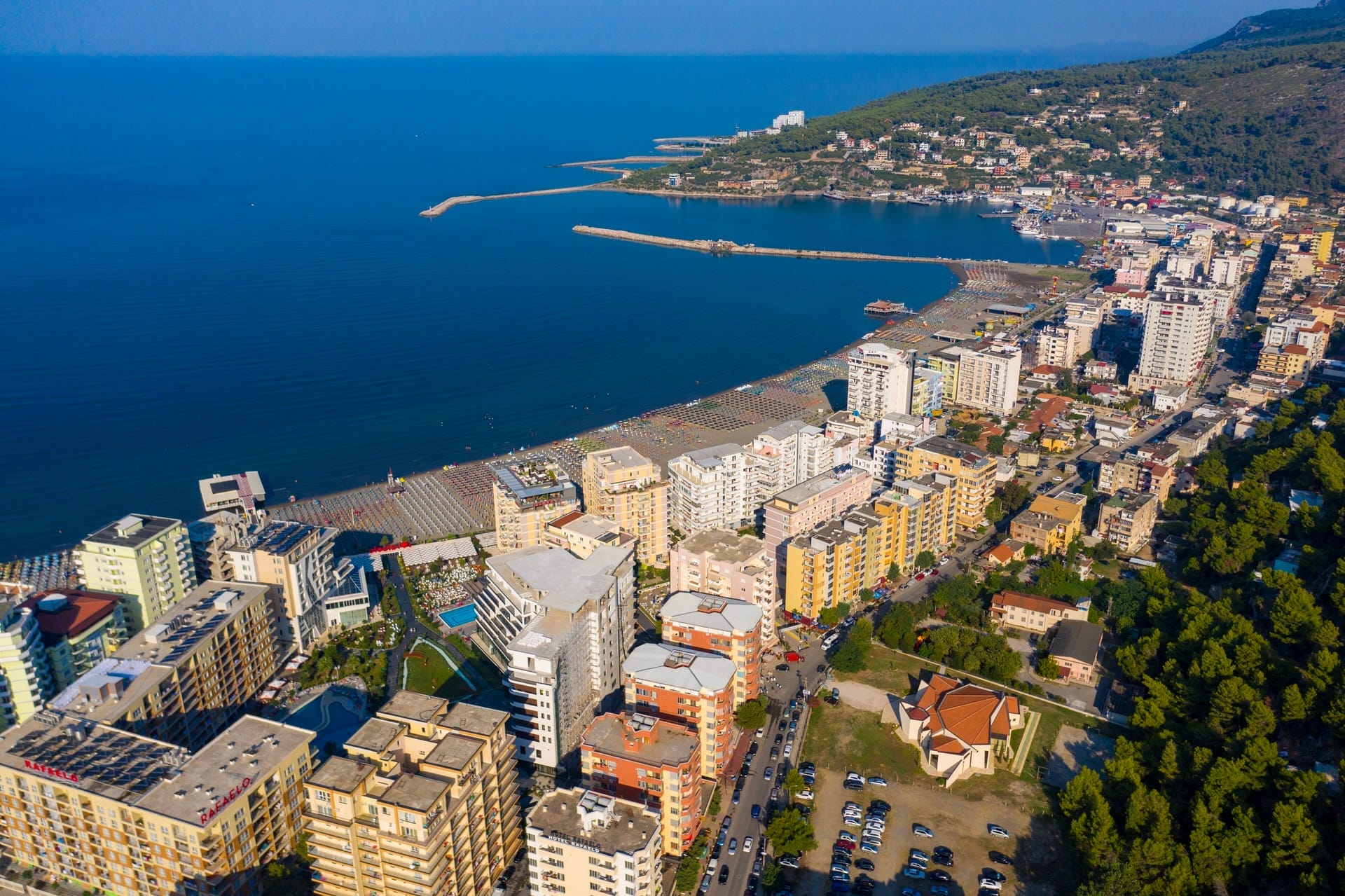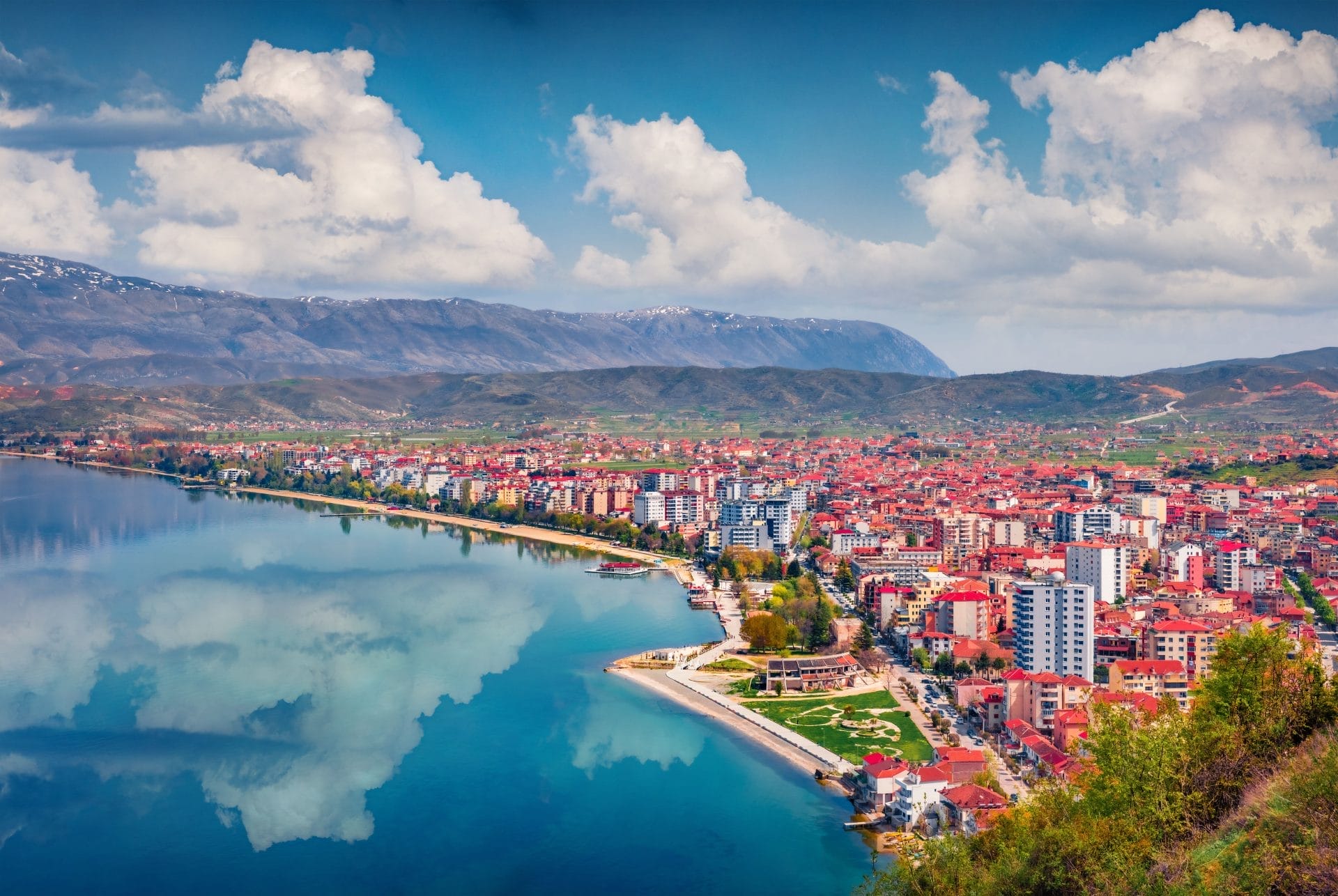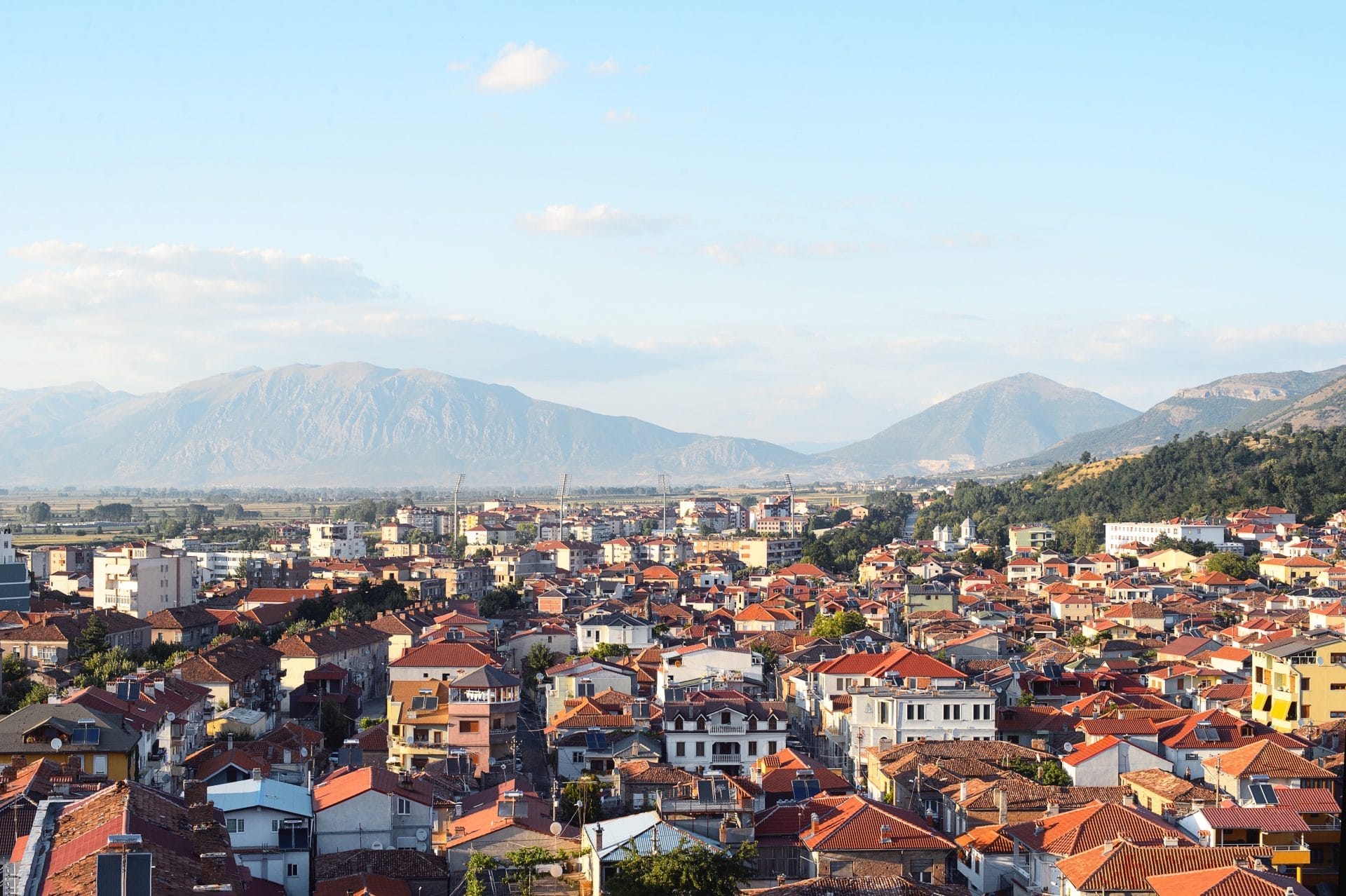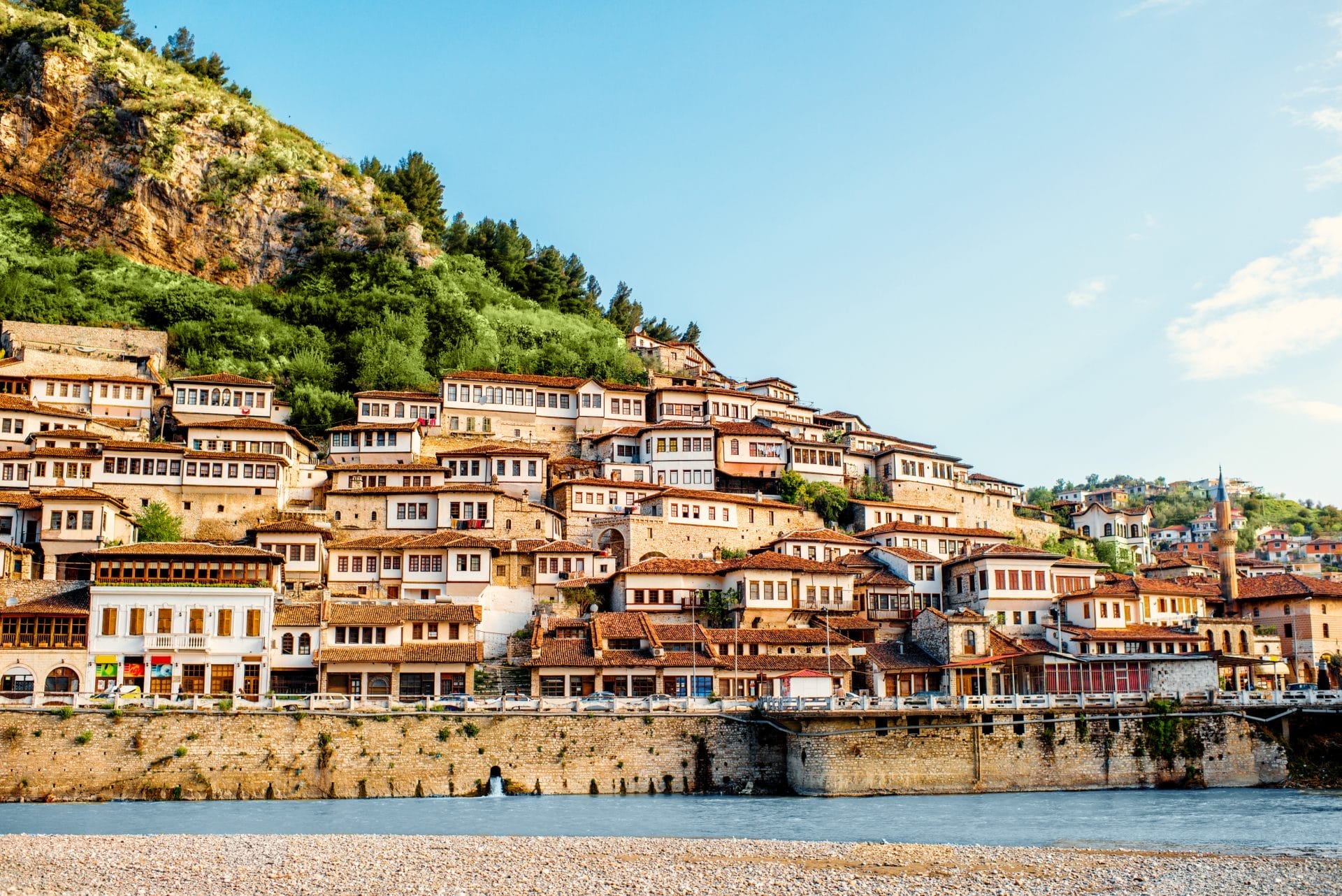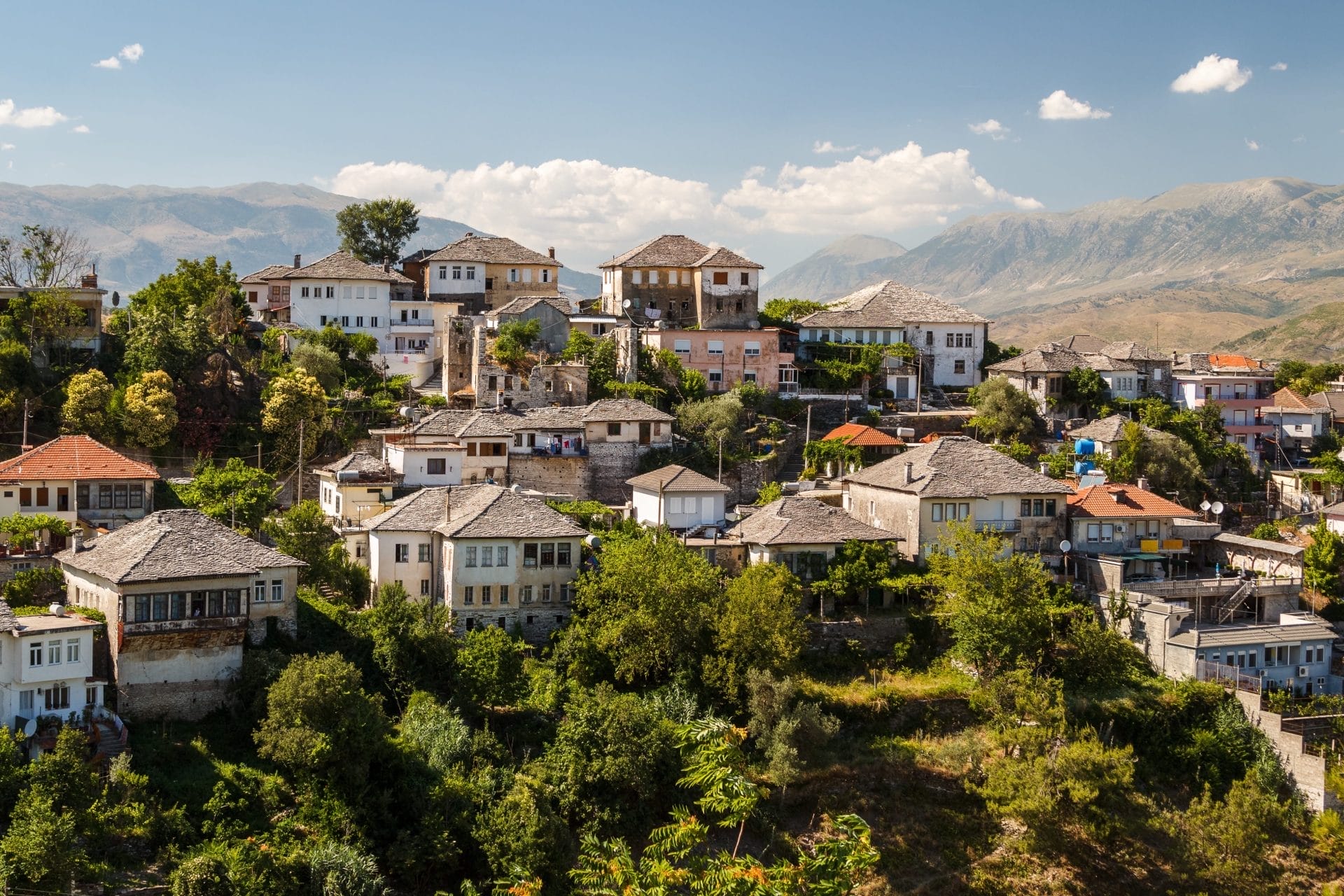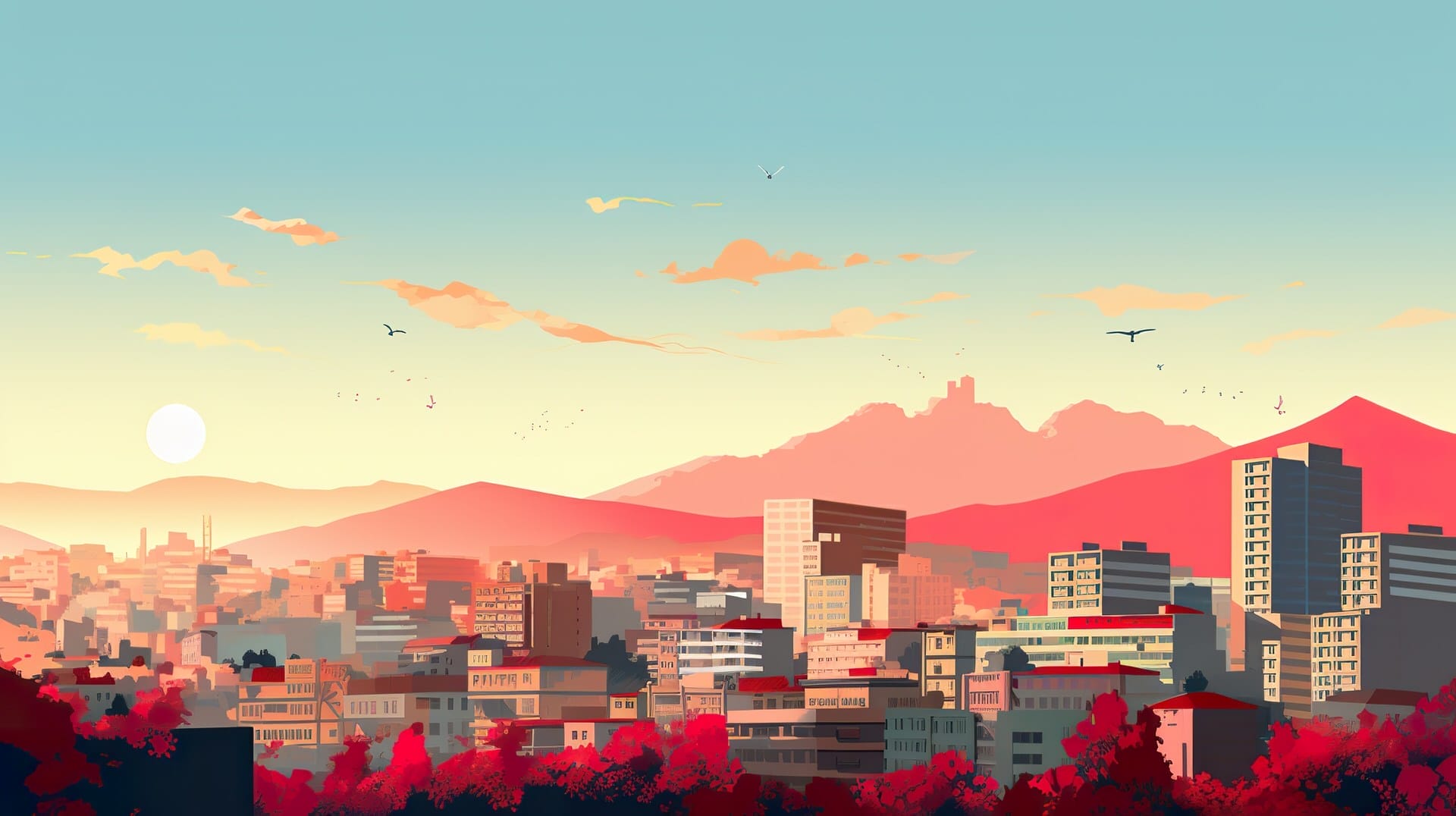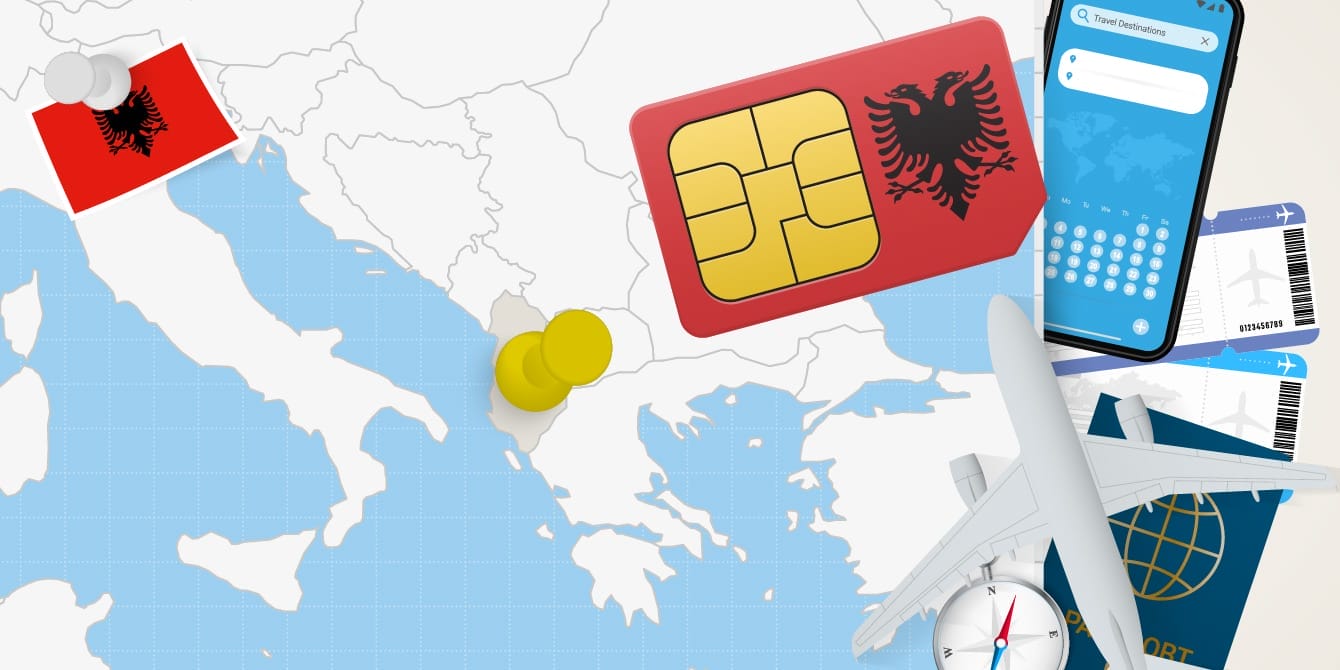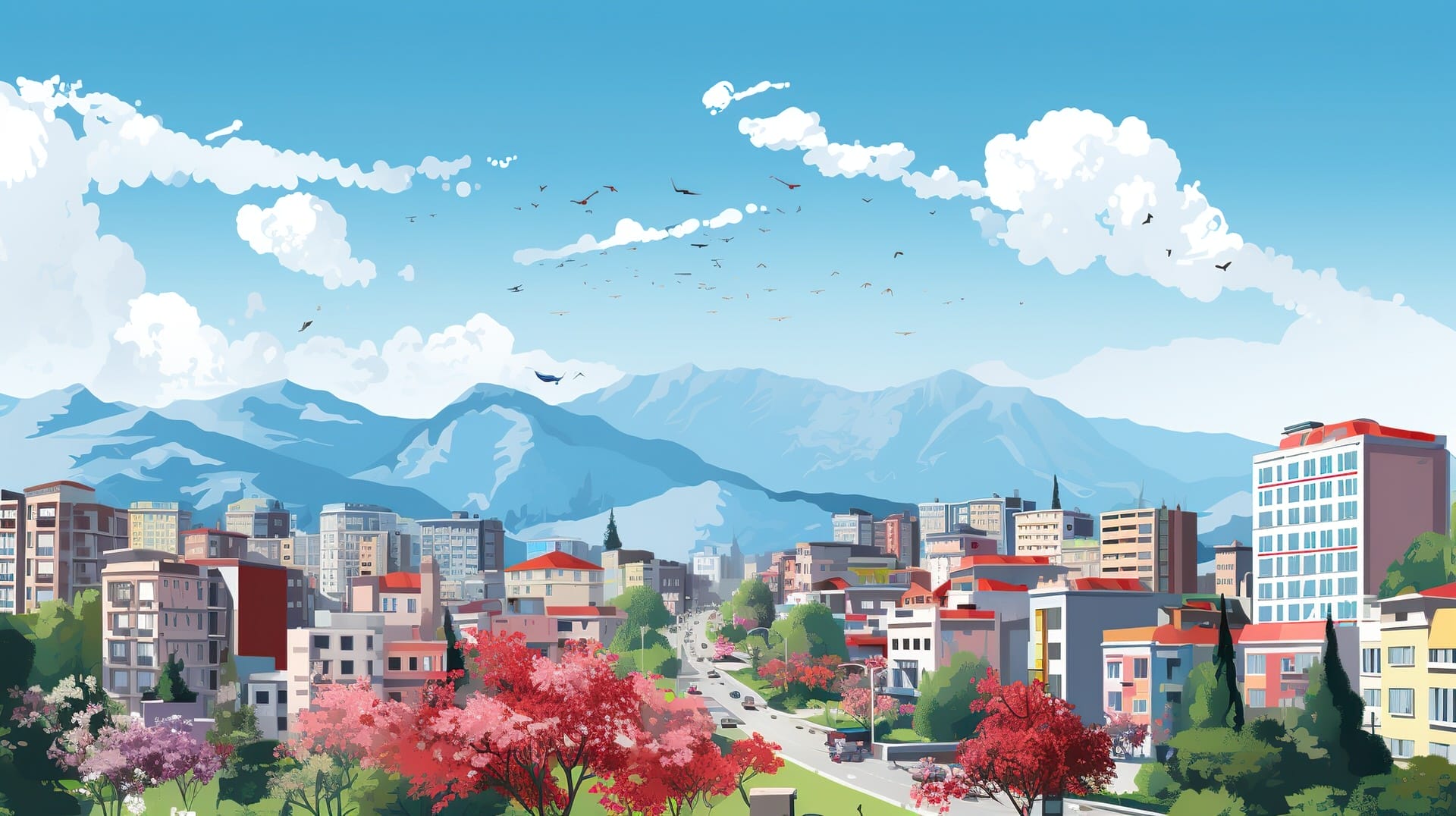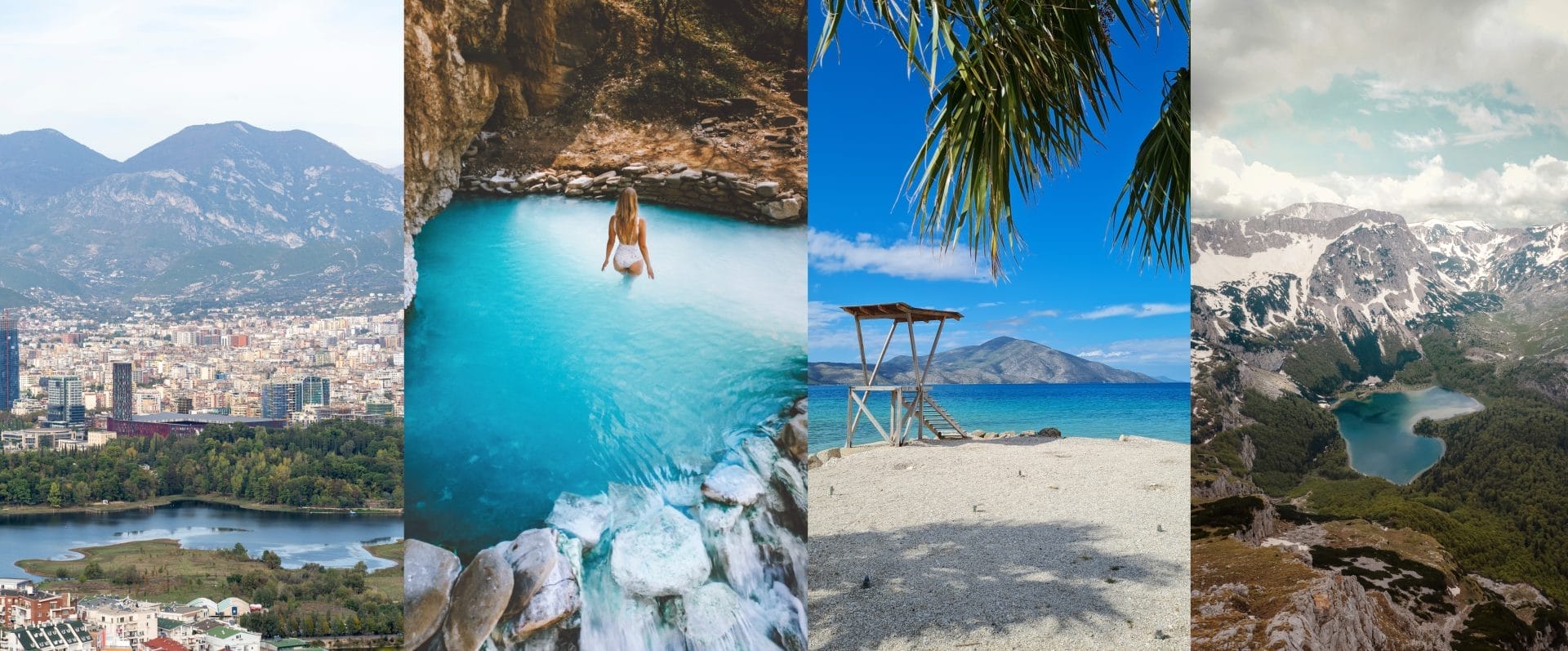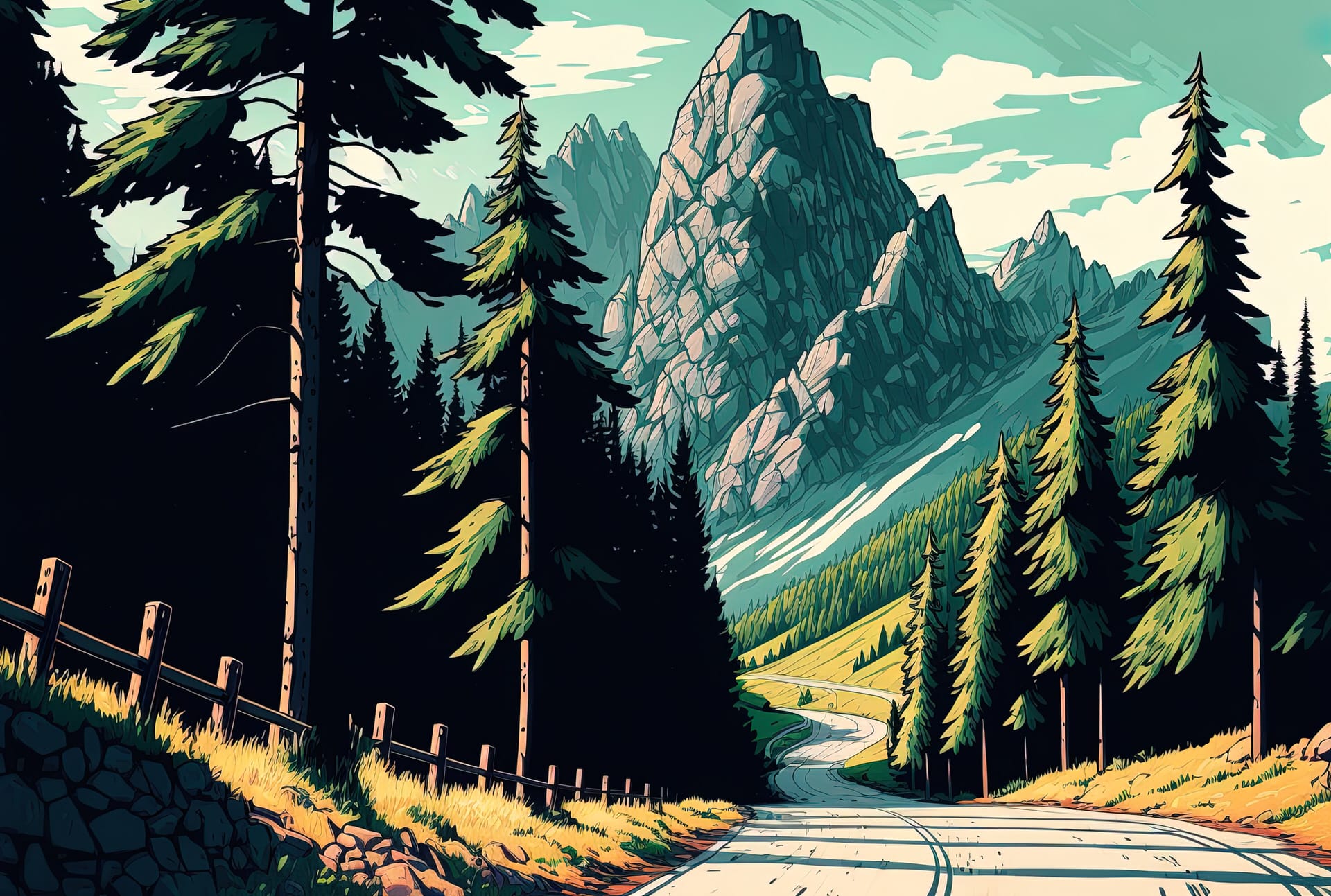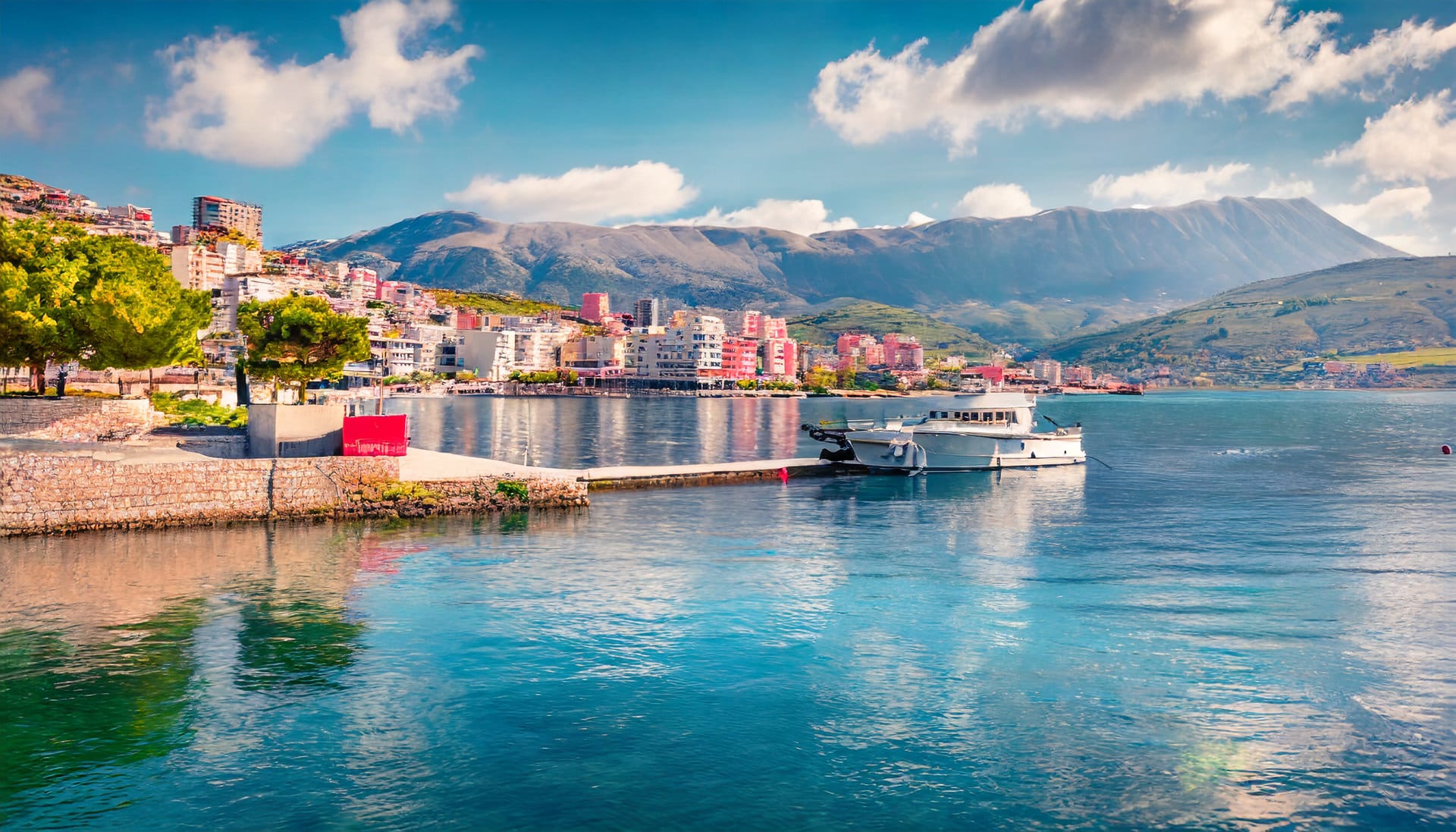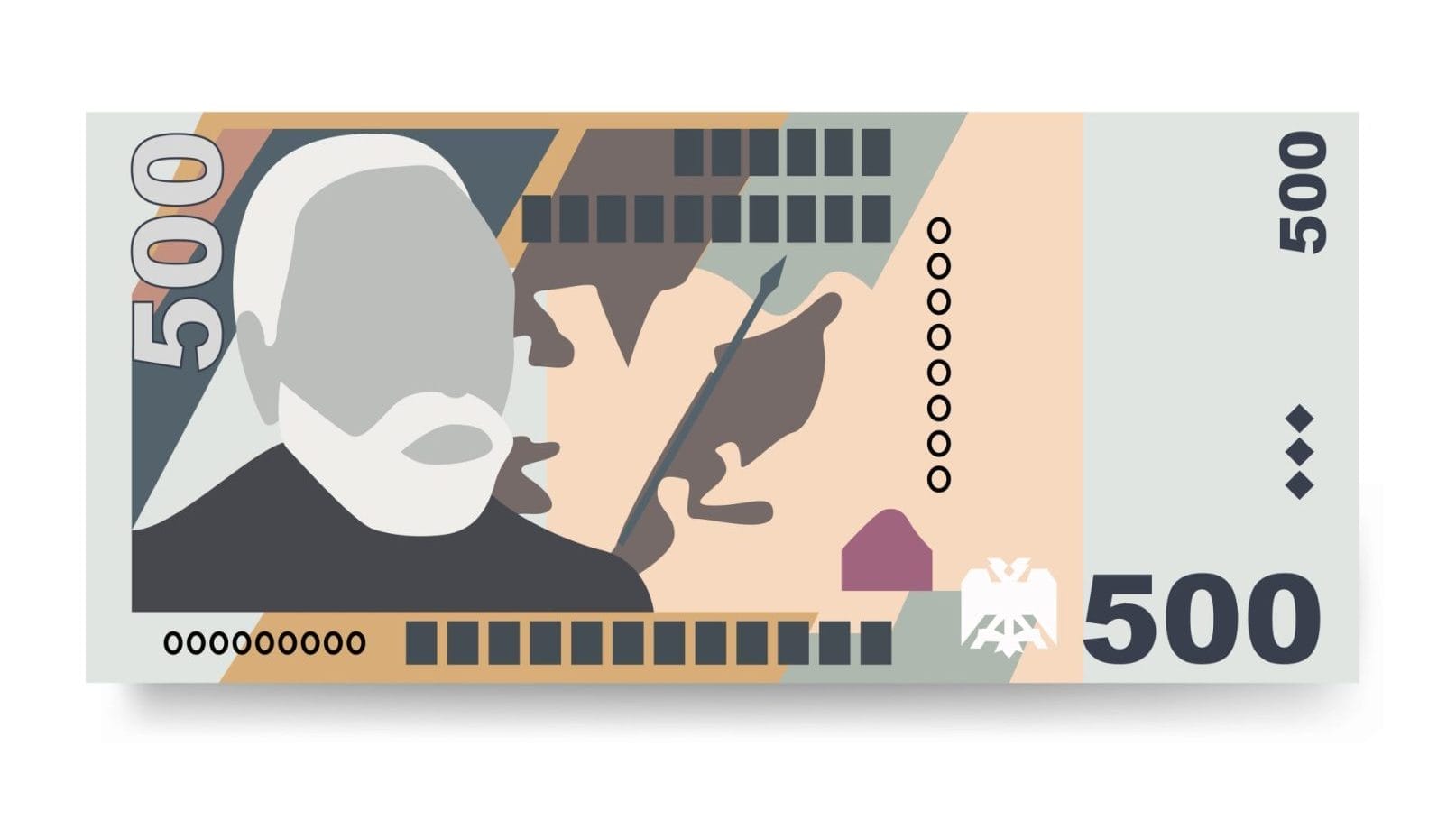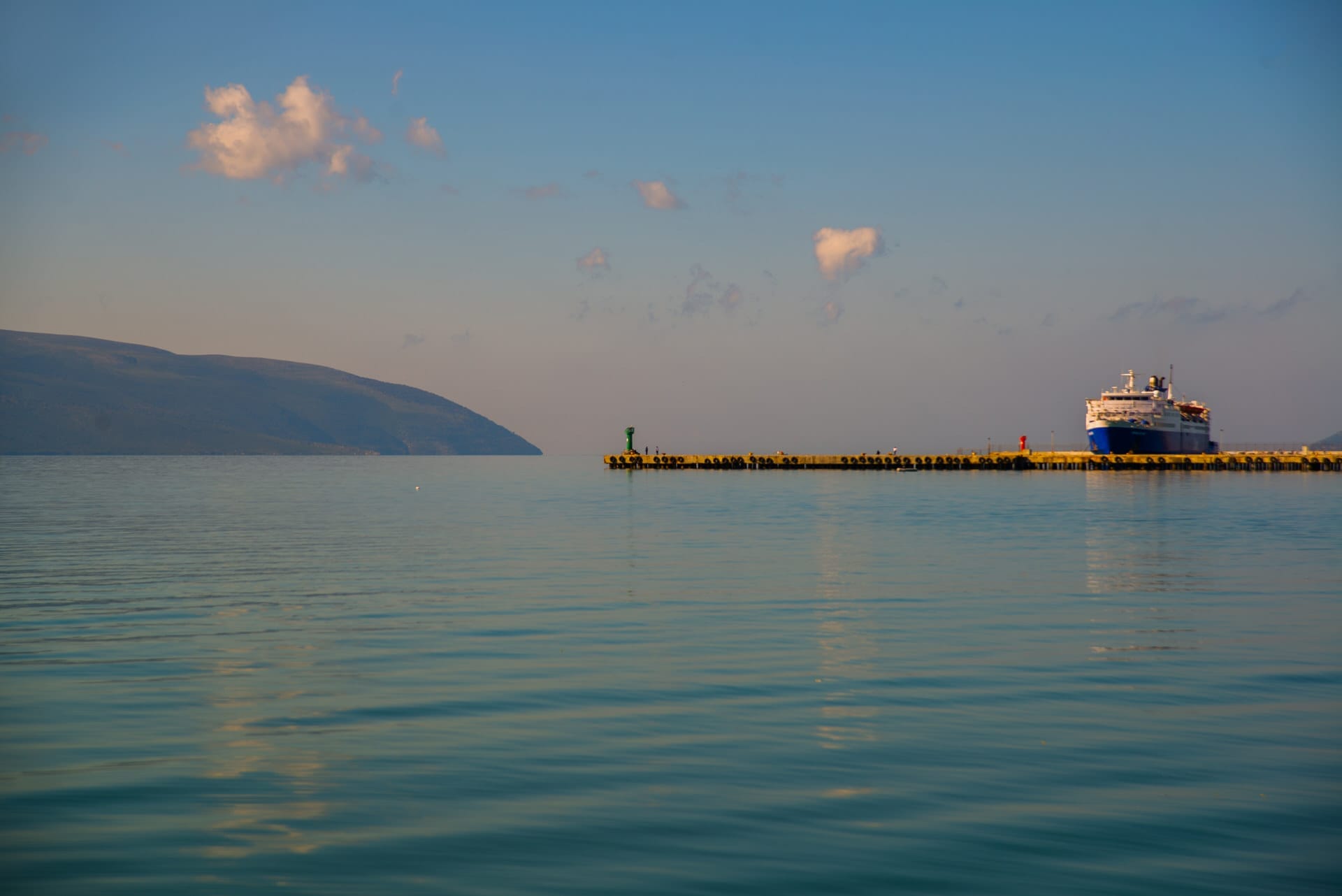
Why Visit Palasë
Whispered amongst travelers as Albania’s best-kept secret, Palasë is a coastal village where history’s echoes meet the rhythm of the waves. A mesmerizing blend of natural splendor and rich historical tapestry, Palasë is more than just a destination; it’s a discovery on the stunning Albanian Riviera waiting to be uncovered.
Palasë’s beach, a canvas of pebbly shores and sapphire waters, beckons sun-seekers and soul-seekers alike. From the adrenaline-pumping parasailing to the serene paragliding, the beach offers a bird’s eye view of the Albanian coastline. This sight will imprint on your heart.
The Llogara Pass Mountains, whispering tales of myths and legends, offer trails that lead you through a labyrinth of natural wonders. Palasë’s storied past, from its strategic importance in the Roman Civil War to its evolution into a charming village, is a chronicle of resilience and transformation.
Destination Insights
Palasë is more than its pristine shores. It’s a gateway to exploring the soul of the Albanian Riviera, with each narrow stone path and white-washed building narrating stories of a bygone era.
At the heart of the village stands a 400-year-old tree, a silent witness to Palasë’s unfolding history, inviting you to rest under its shade and soak in the timeless spirit of the place.
Things to See & Do
Discover the remnants of a past where Julius Caesar himself set foot, adding a layer of intrigue to your beach vacation.
The mountains around Palasë are a mosaic of greenery and wildlife, perfect for those who find solace in nature’s embrace.
As the day winds down, the beach transforms into a canvas of colors, offering a tranquil end to eventful days.
Culinary Journey
The local cuisine, rich in fresh seafood, offers a symphony of flavors that reflect the village’s maritime heritage. Savor the catch of the day, grilled to perfection, or indulge in traditional dishes that weave the tales of the sea into every bite.
Travel Essentials
Embrace the warmth of the Mediterranean sun from late spring to early autumn, when Palasë is in its full glory. Local Language:
Dive into the local culture with a few phrases in Albanian, adding an authentic touch to your interactions.
From quaint guesthouses to luxurious seaside resorts, Palasë caters to every preference, ensuring your stay is as memorable as the days spent exploring.
Planning Your Escape
Accessible by road, the journey to Palasë is as picturesque as the destination itself, with scenic routes unfurling along the coast.
Extend your adventure to nearby historical sites and natural parks, each a short drive away and brimming with their unique allure.
Your Invitation
Palasë is more than a mere vacation spot; it’s a rendezvous with history, nature, and the warmth of the Albanian spirit. It beckons not just to be seen but to be felt, experienced, and remembered.
Palasë promises to leave an indelible mark on your soul as you leave your footprints on its shores. Pack your bags, set your sights on this hidden jewel of the Albanian Riviera, and prepare for an adventure that promises nothing short of magical.


